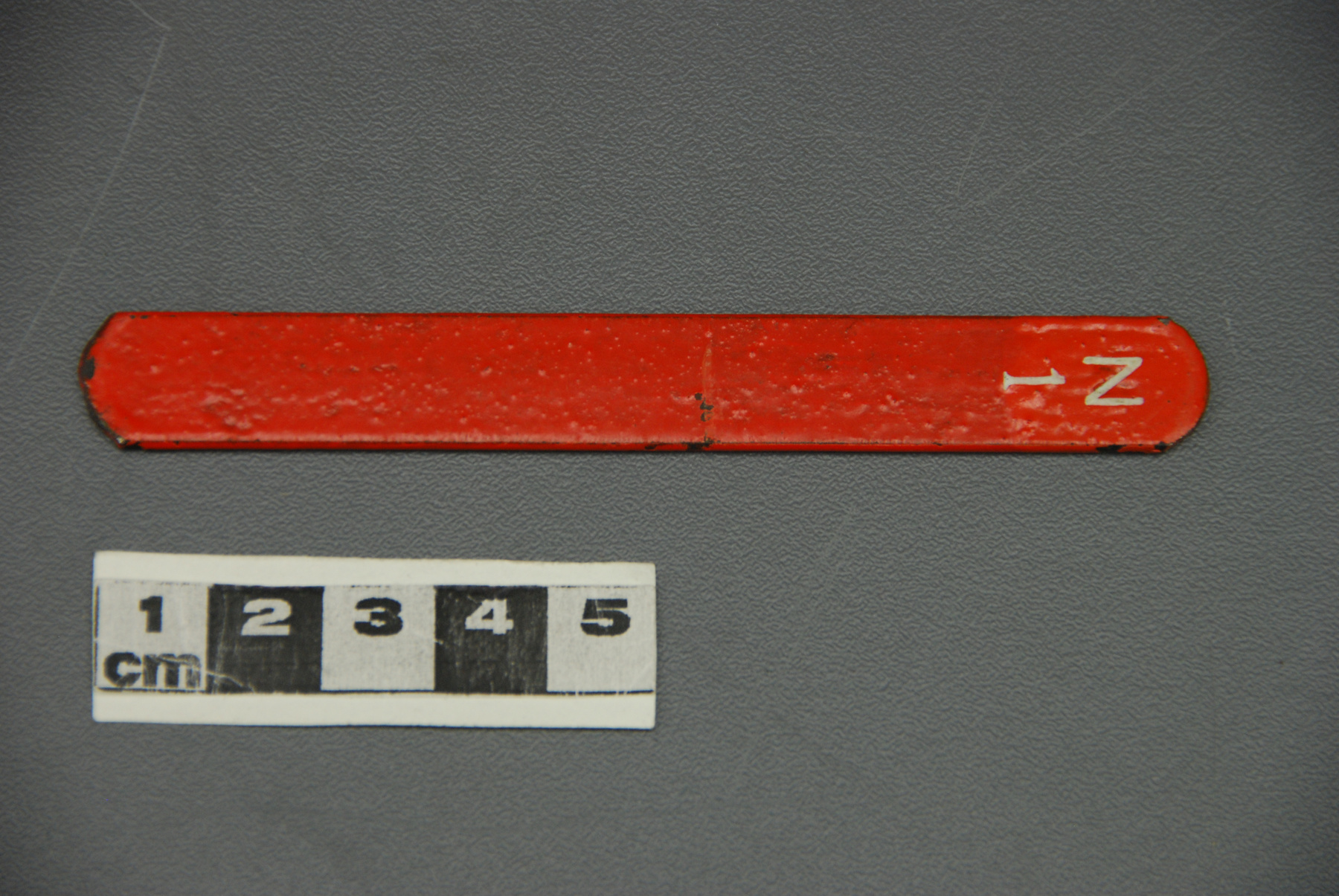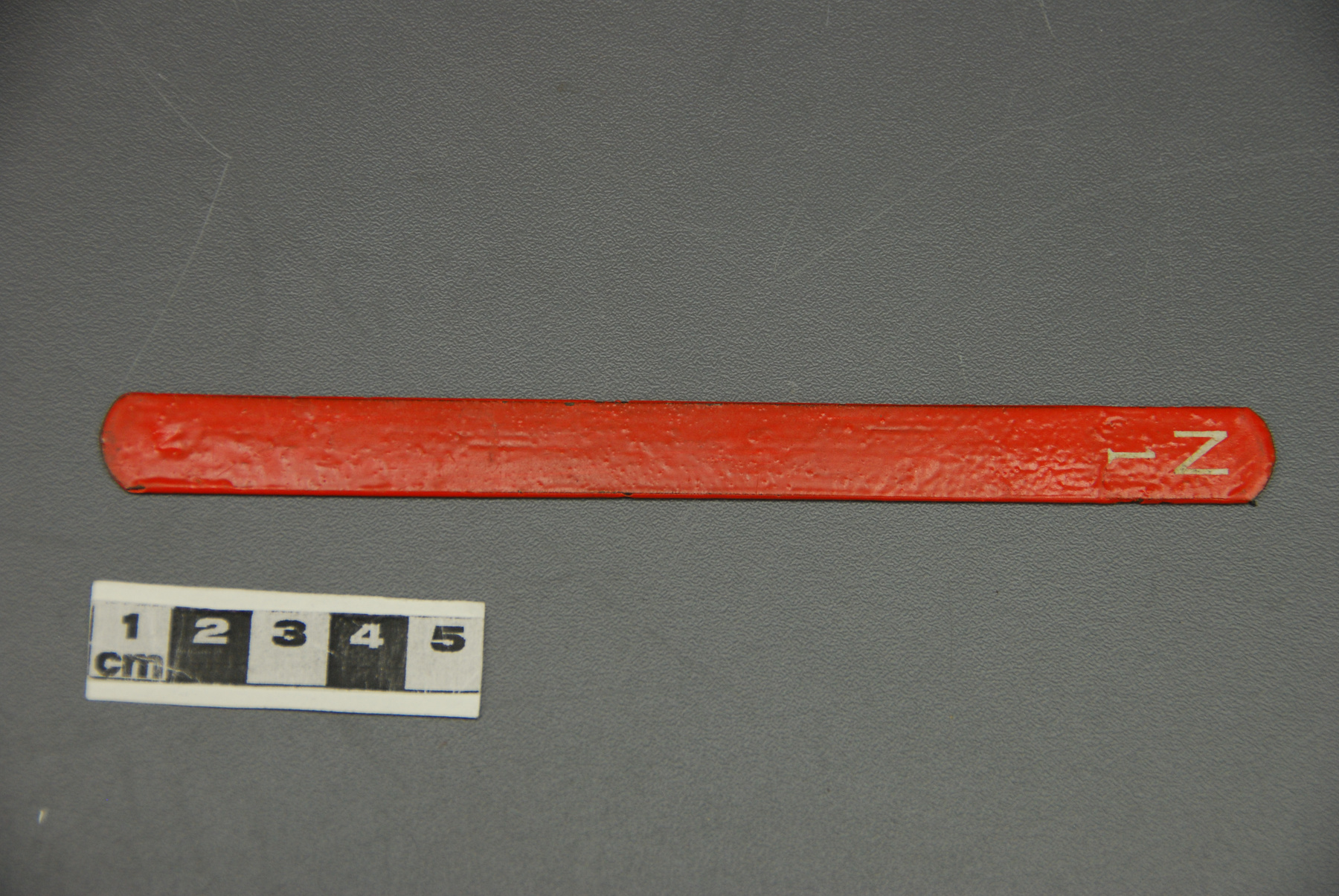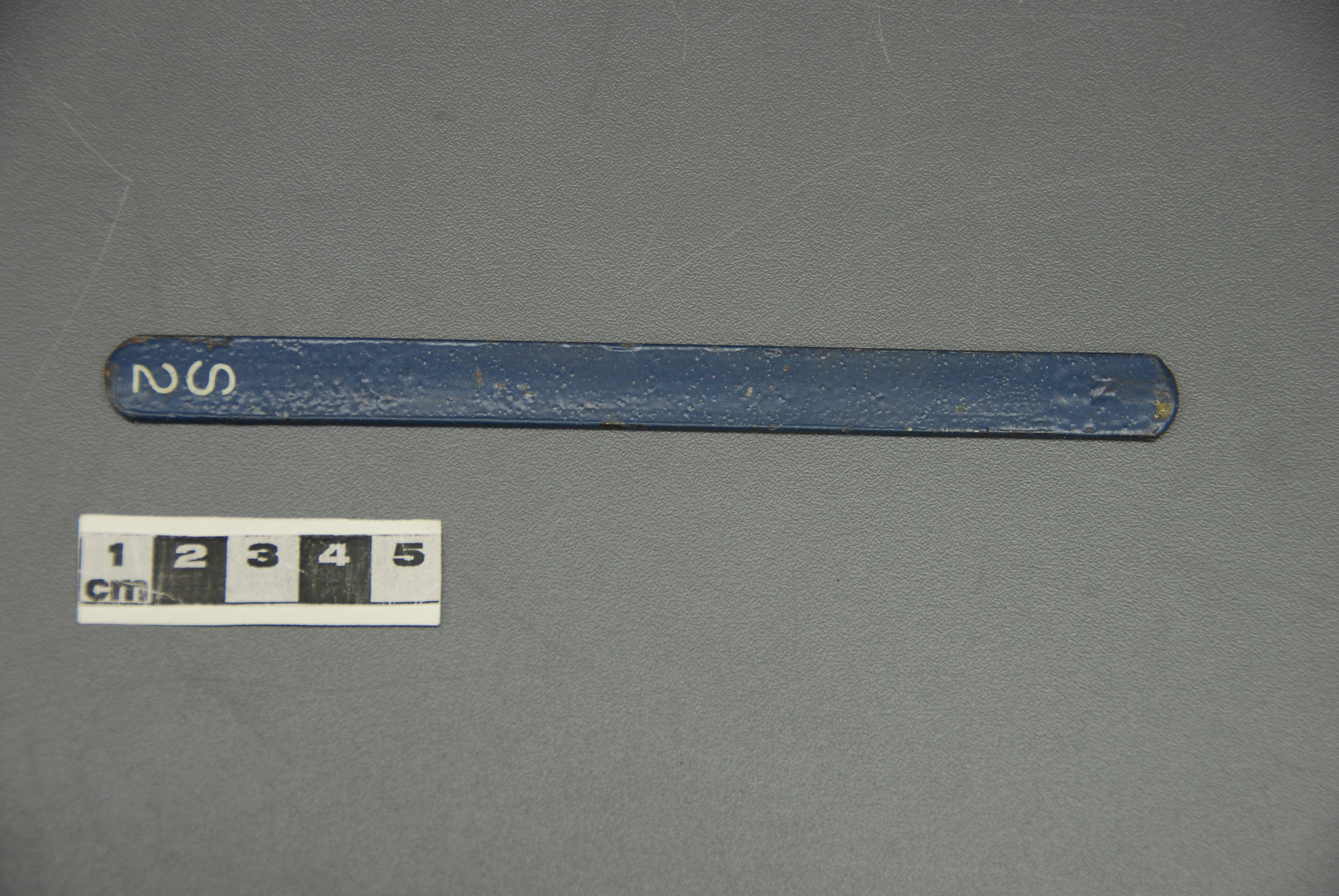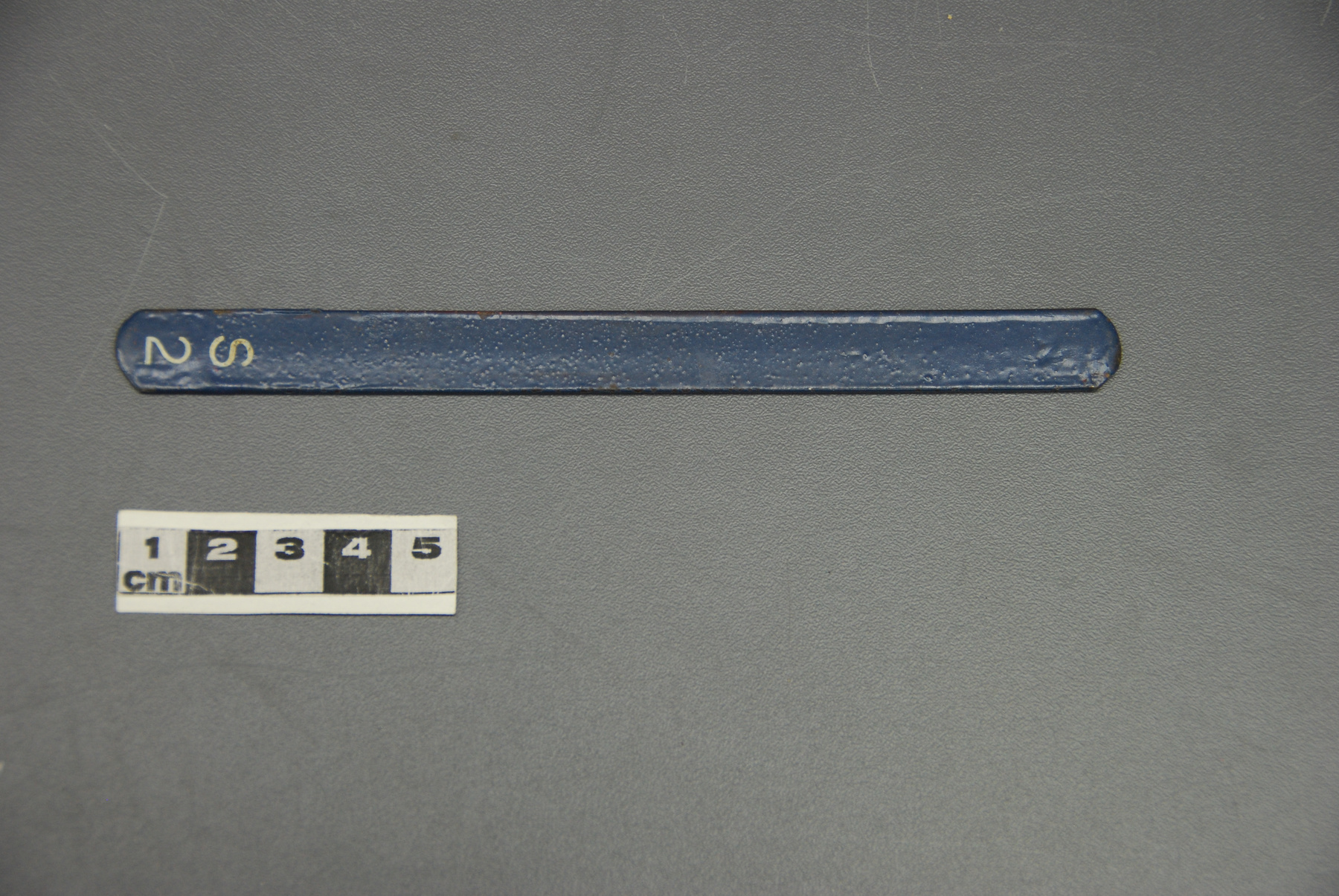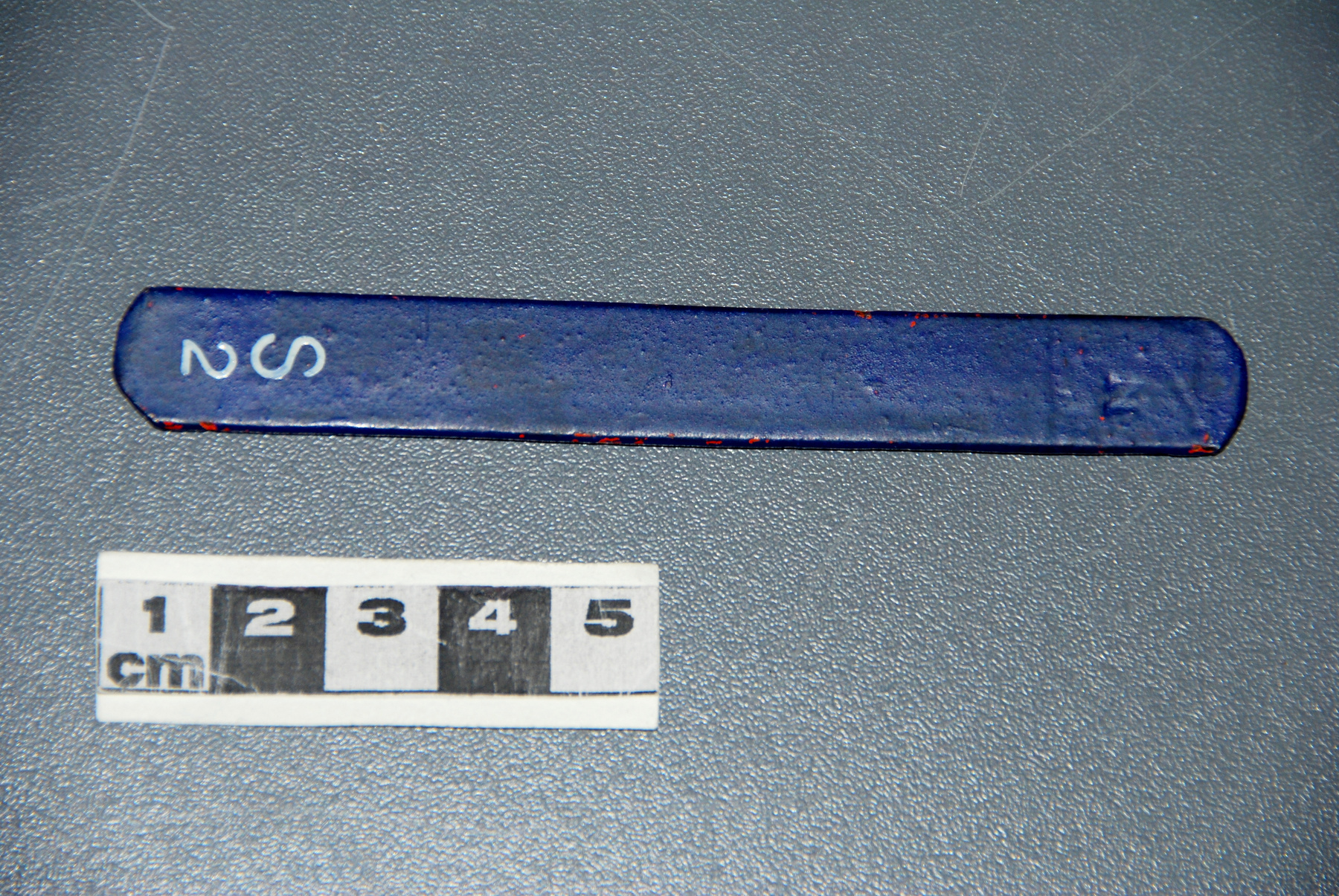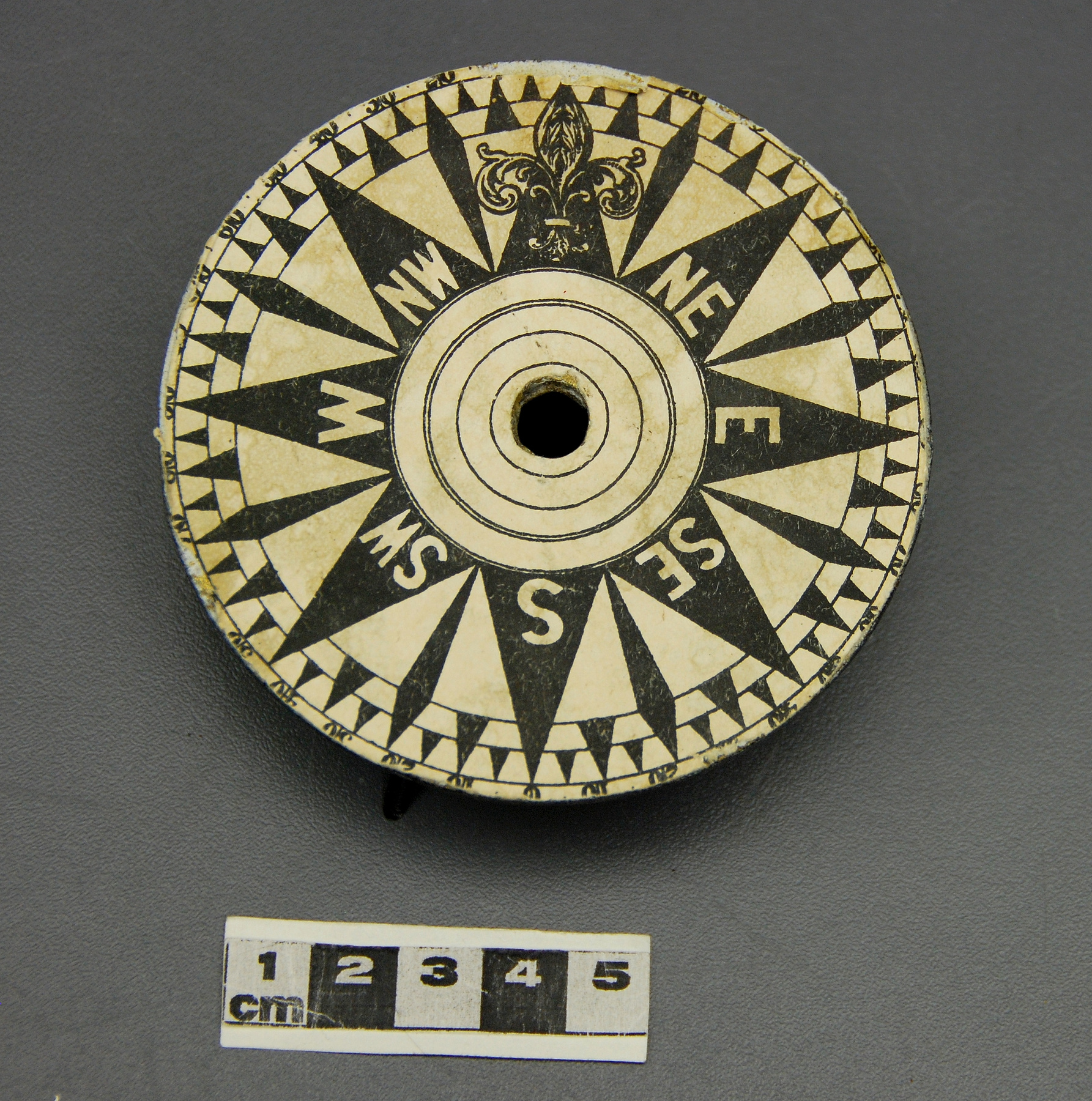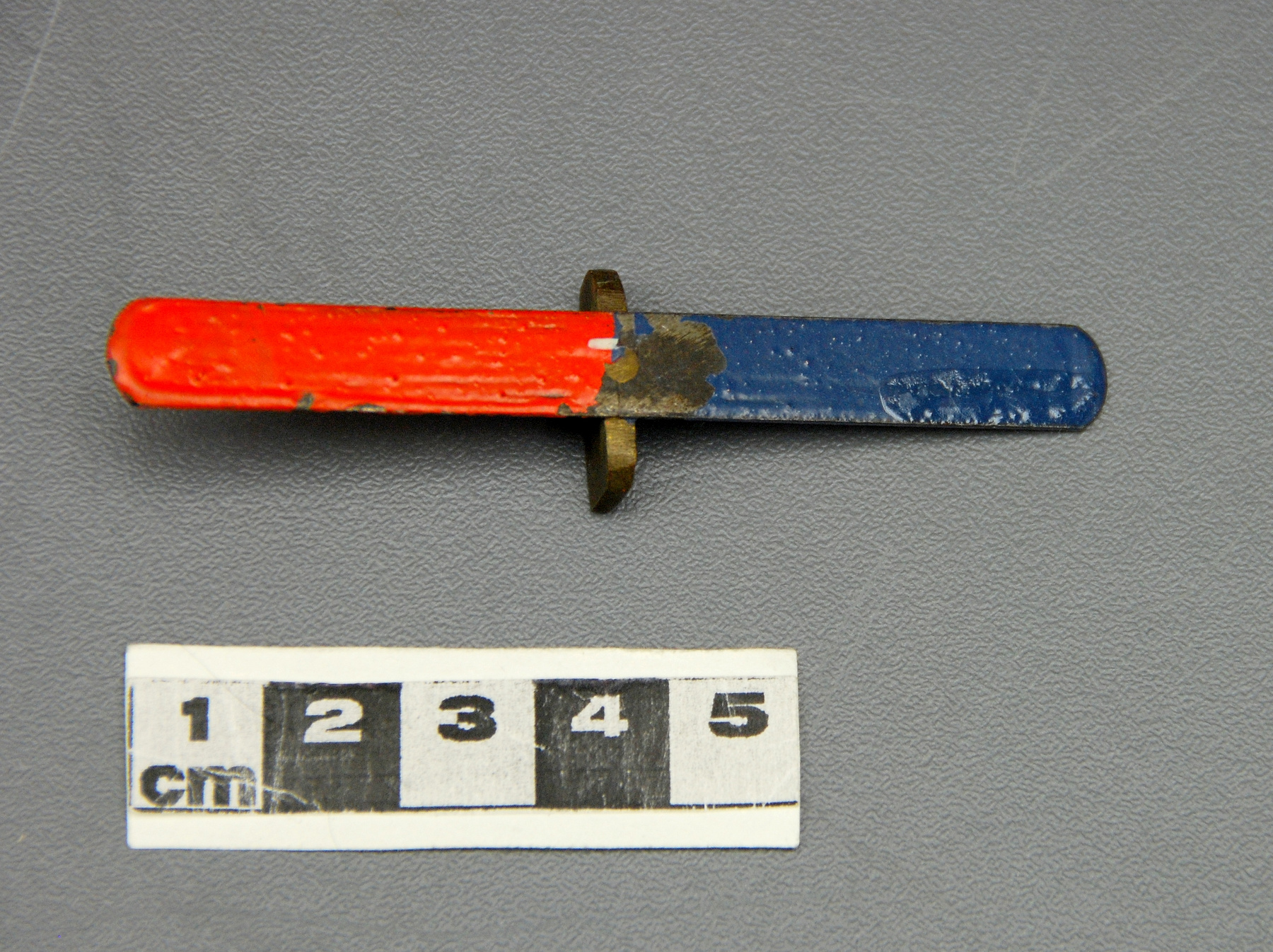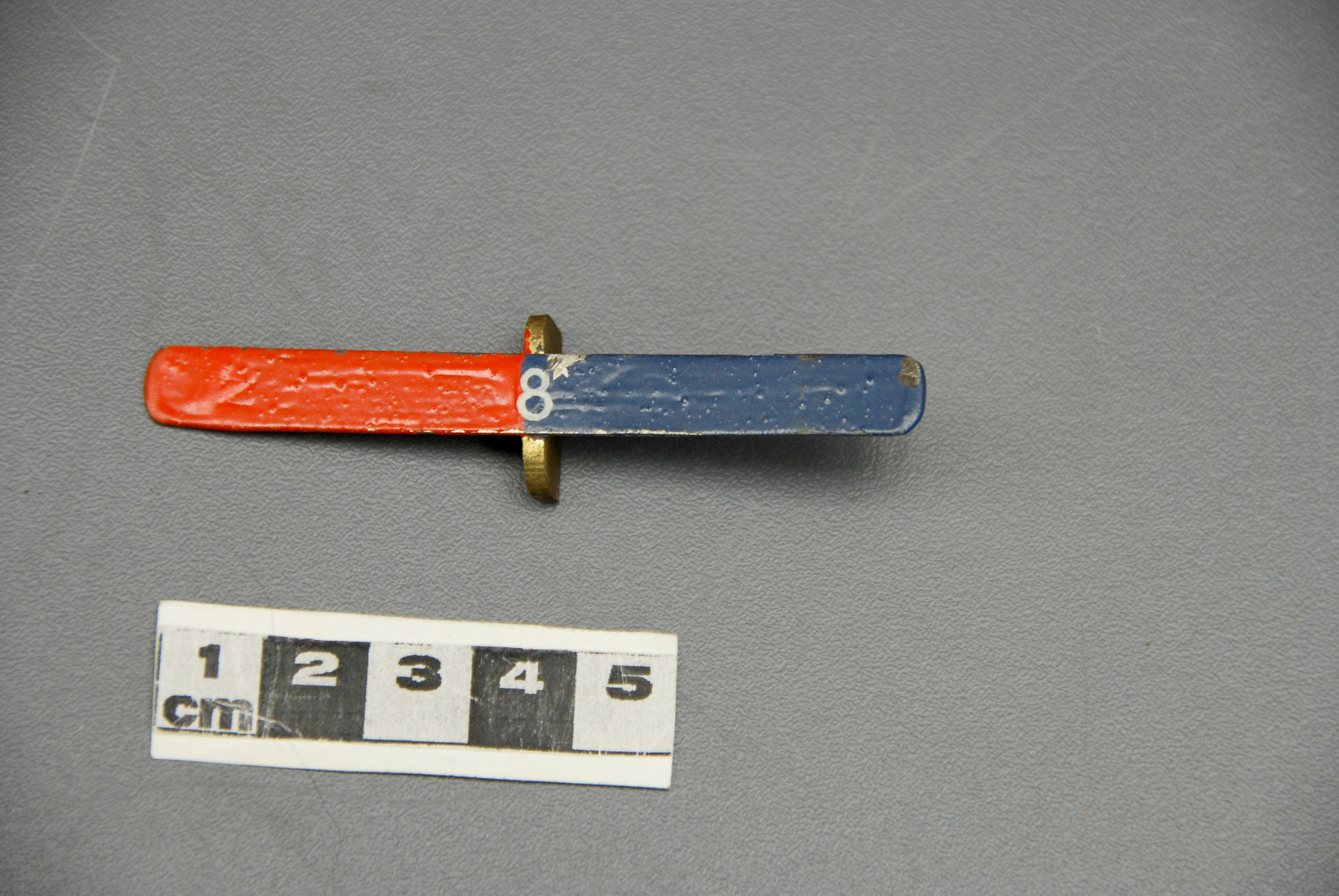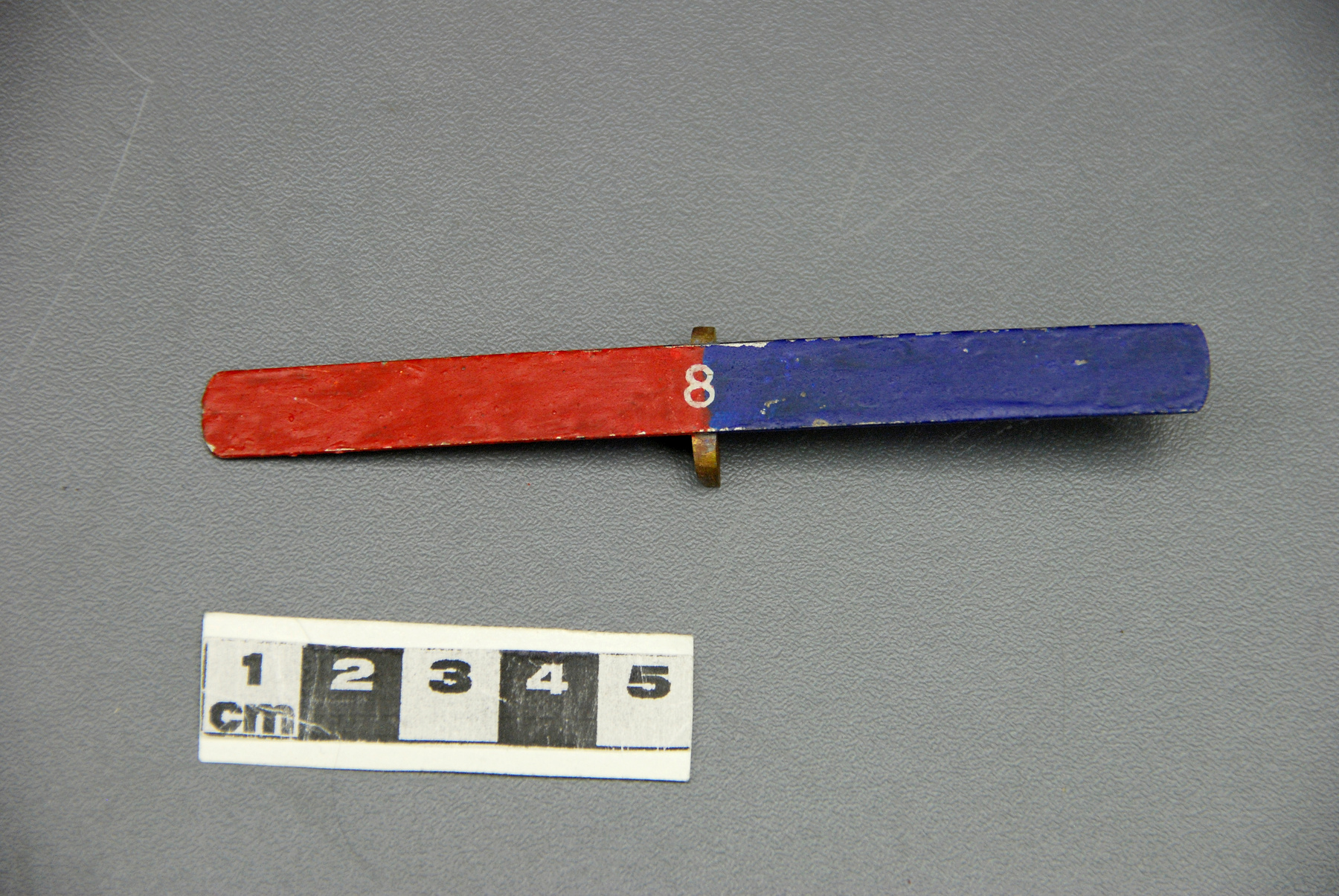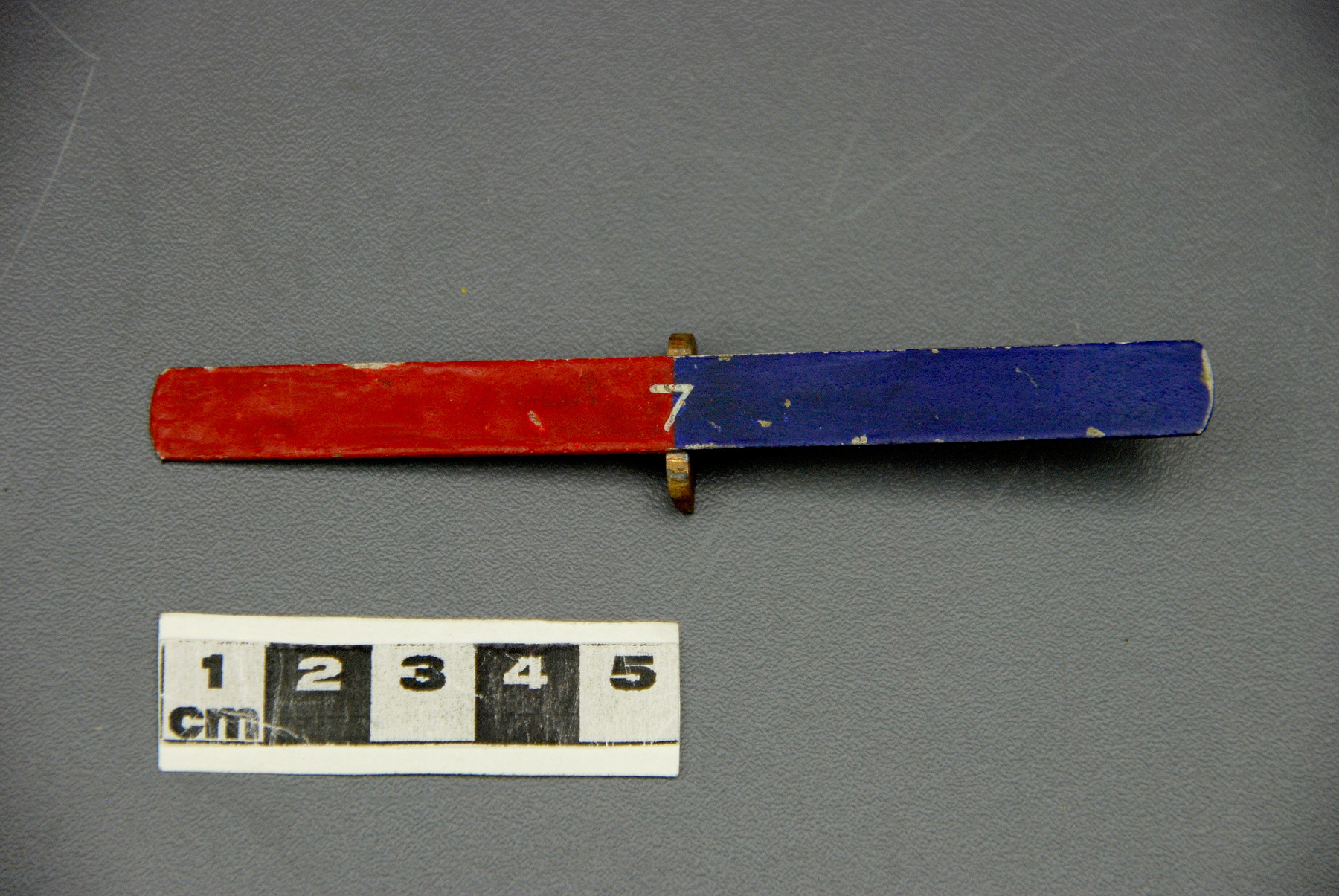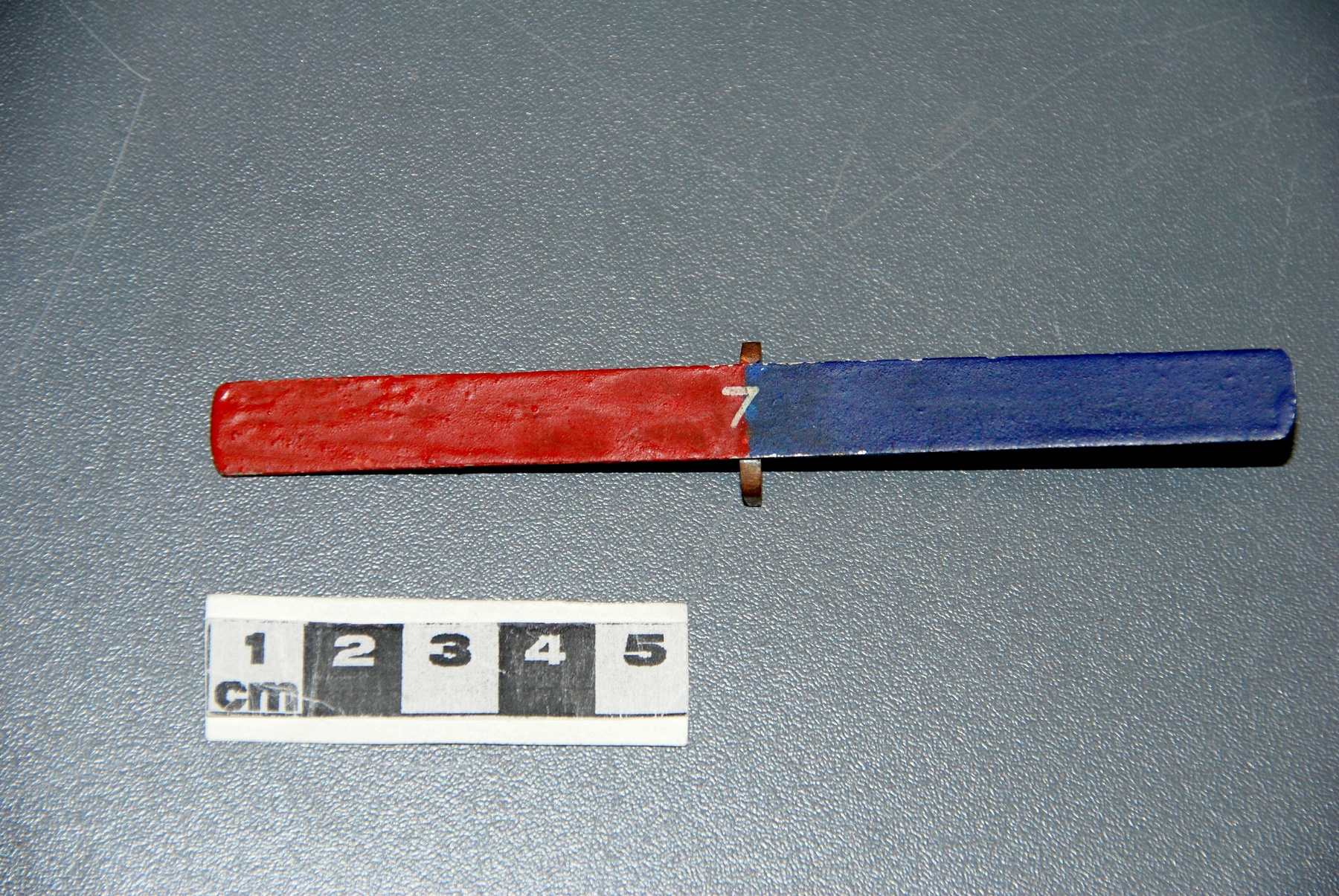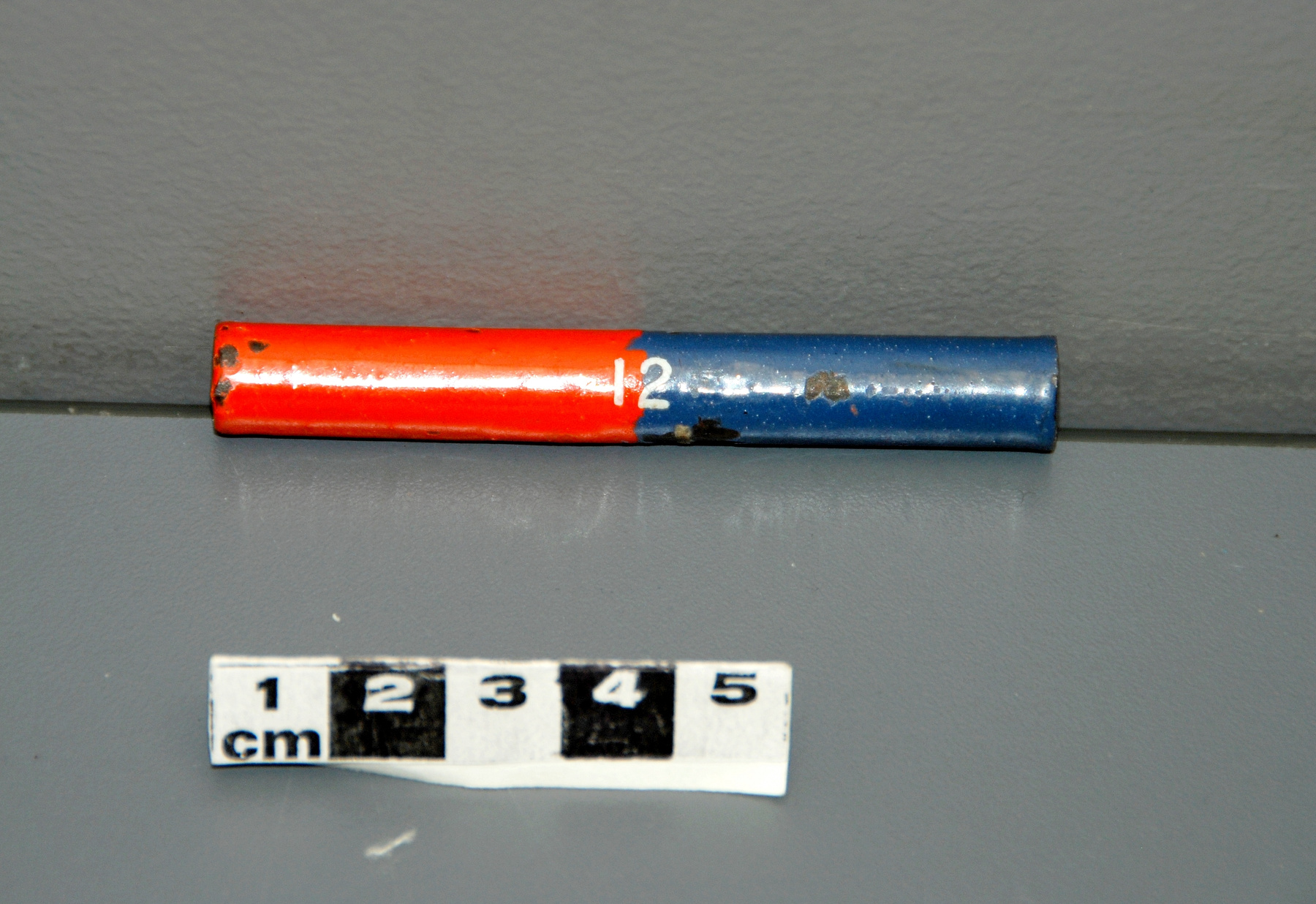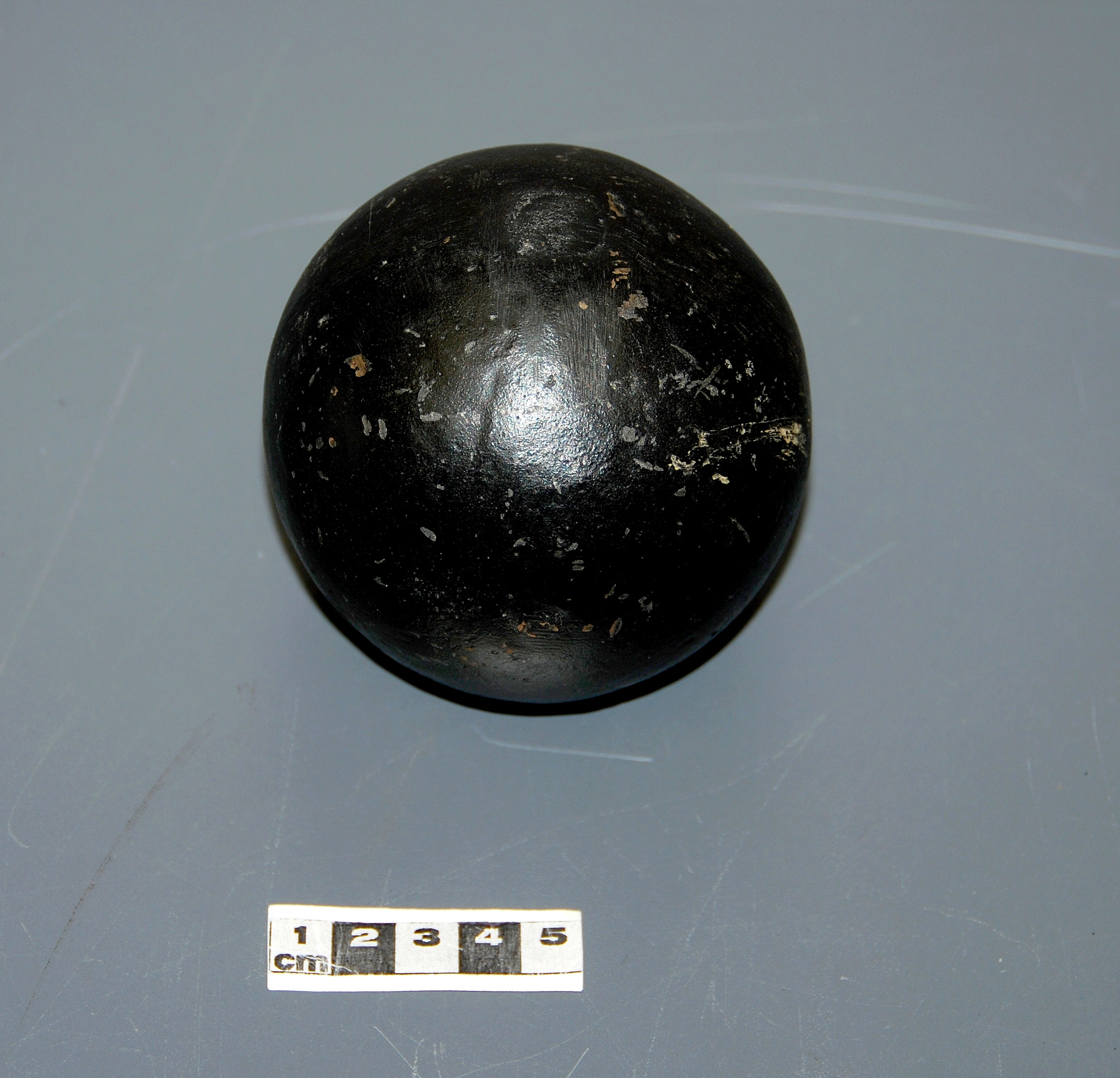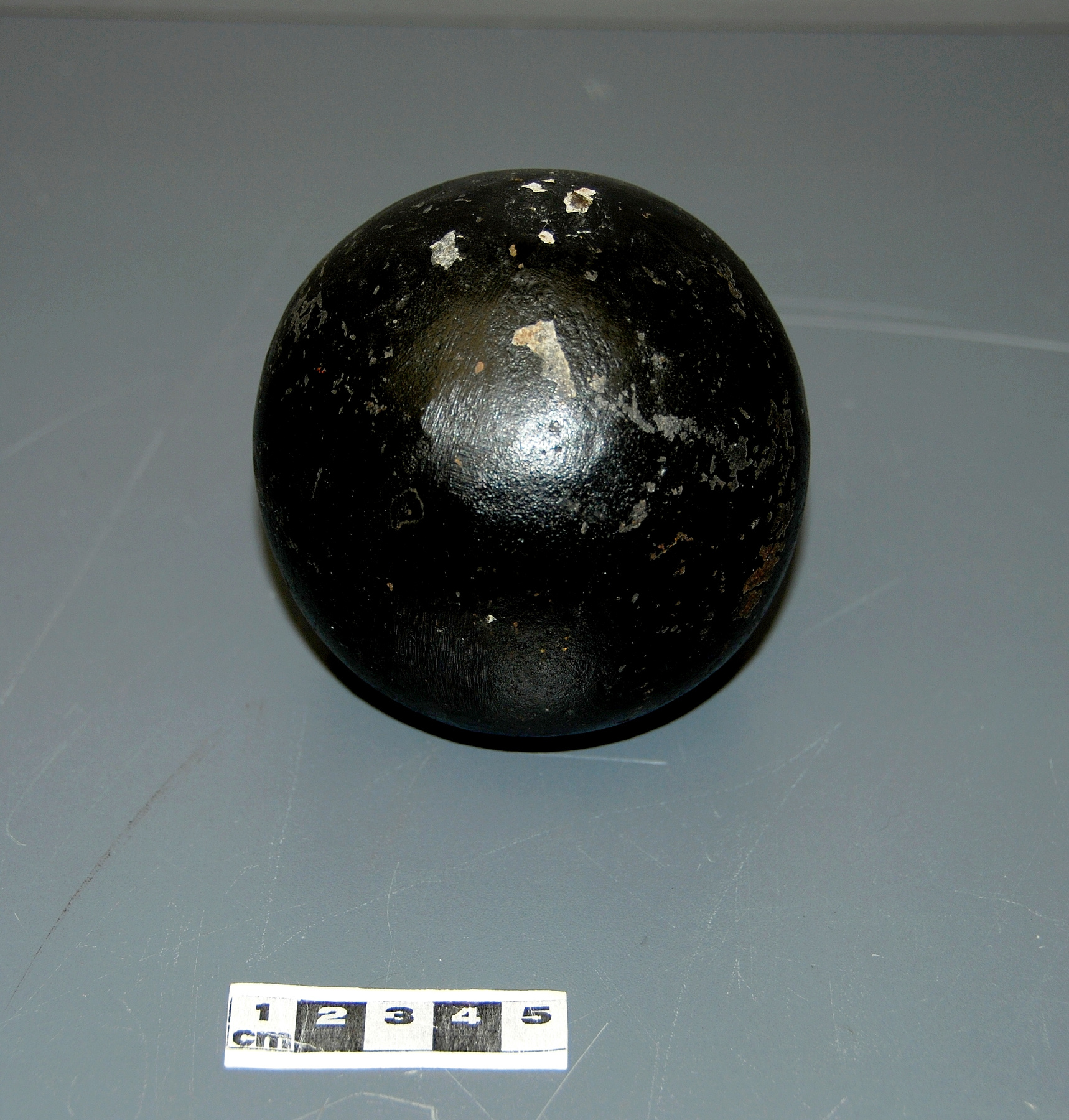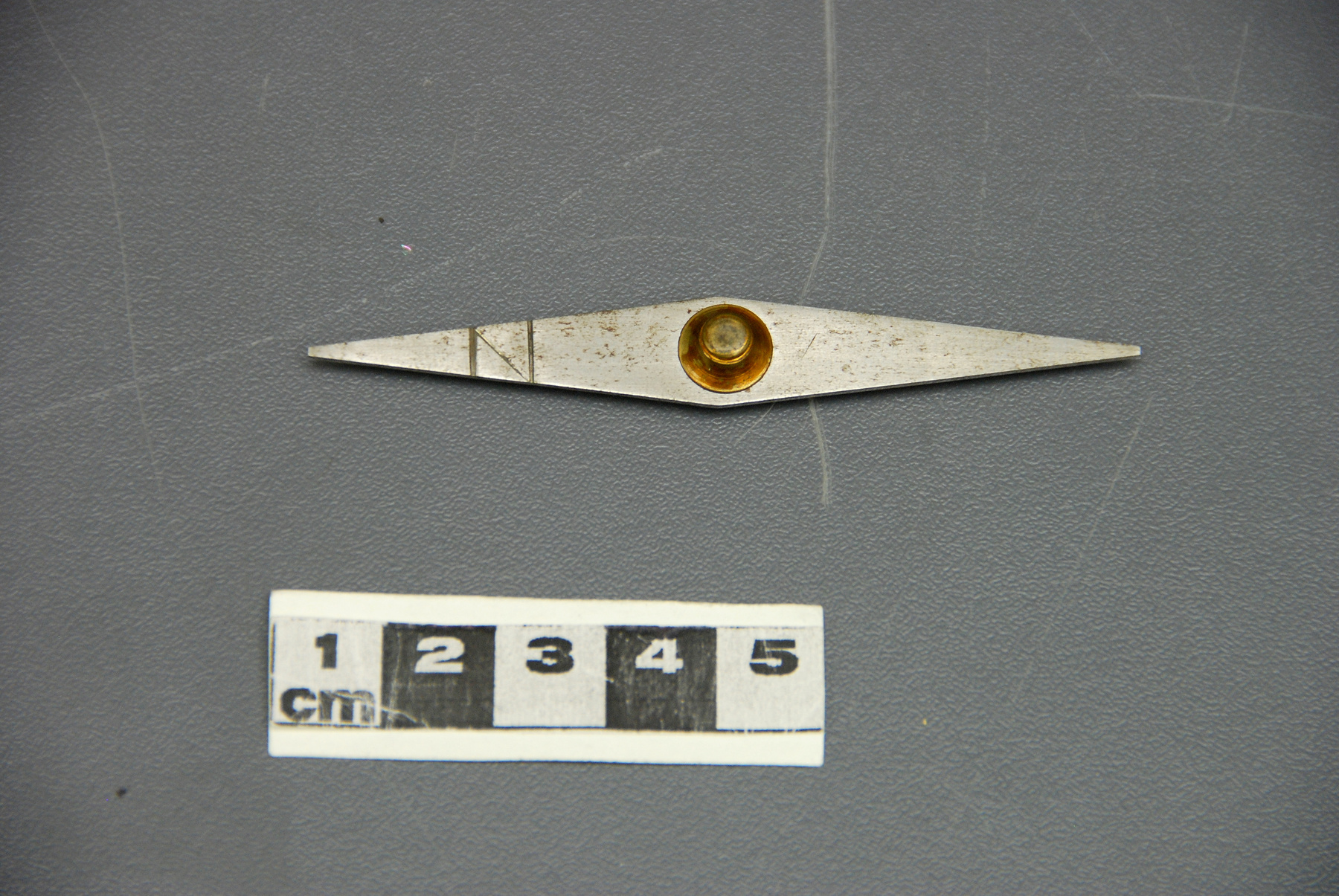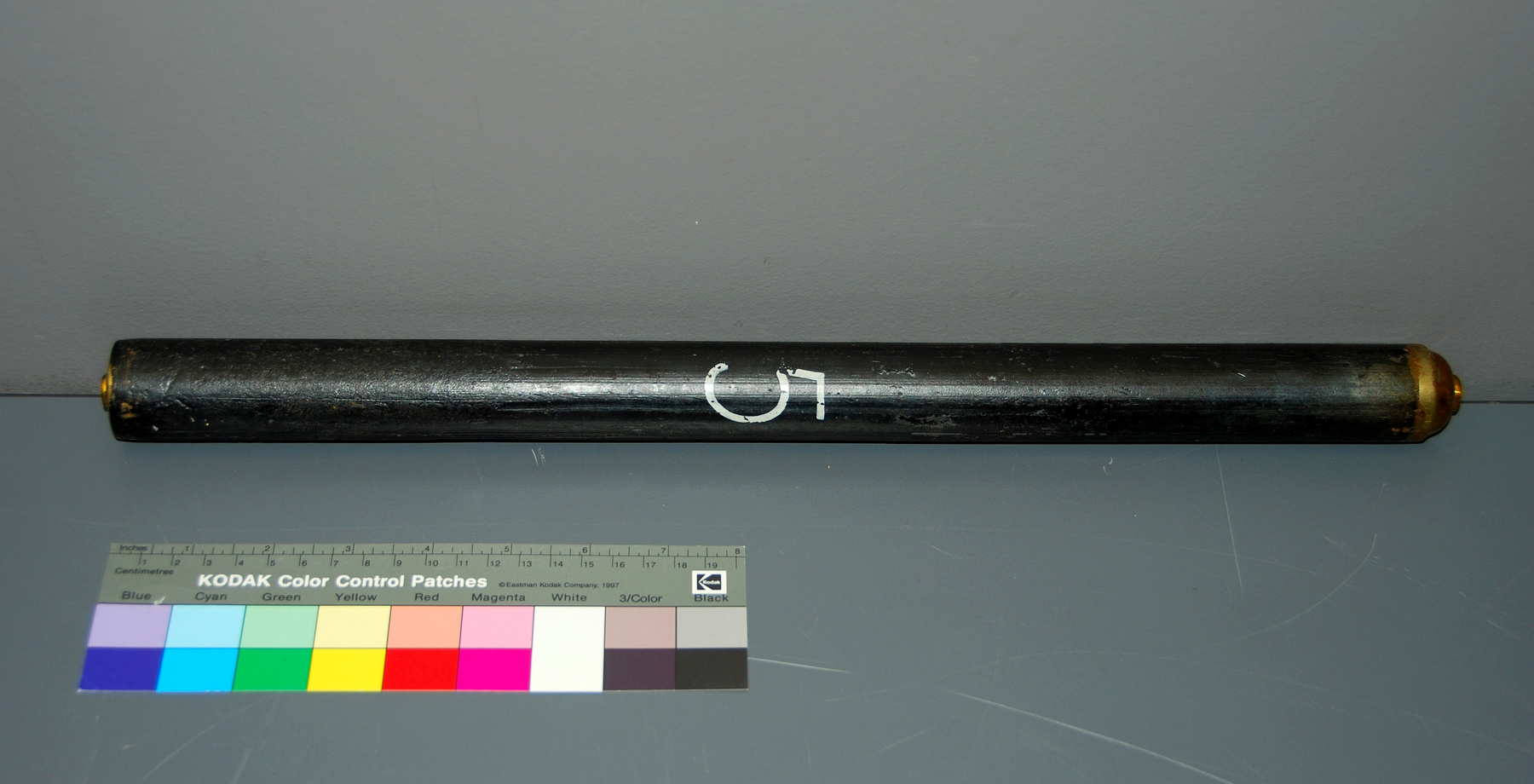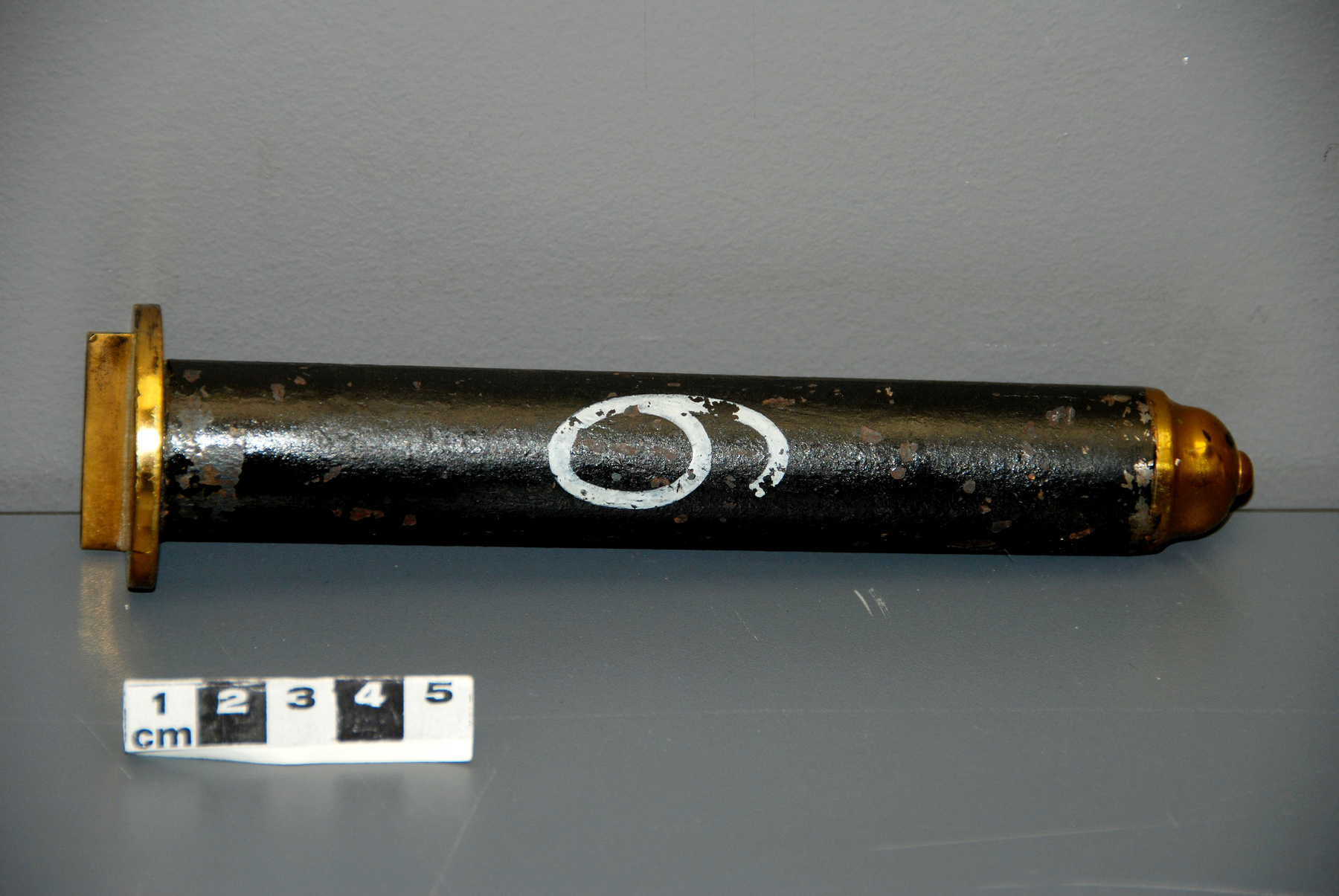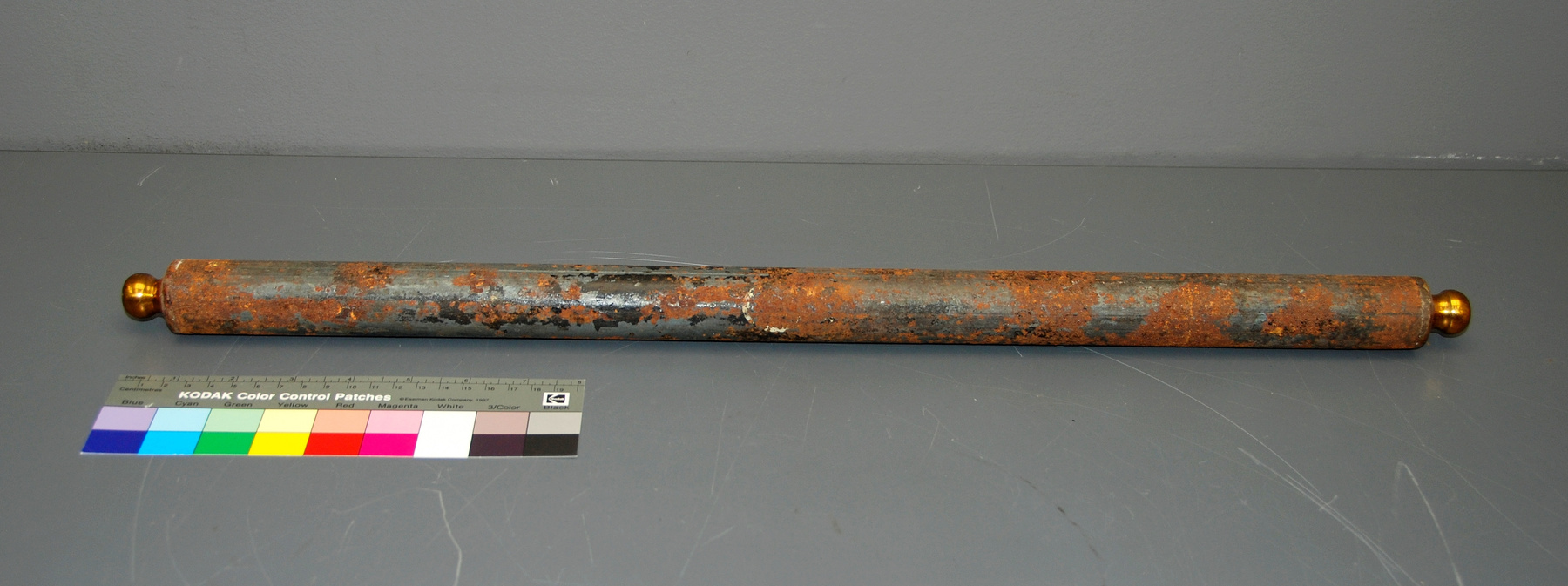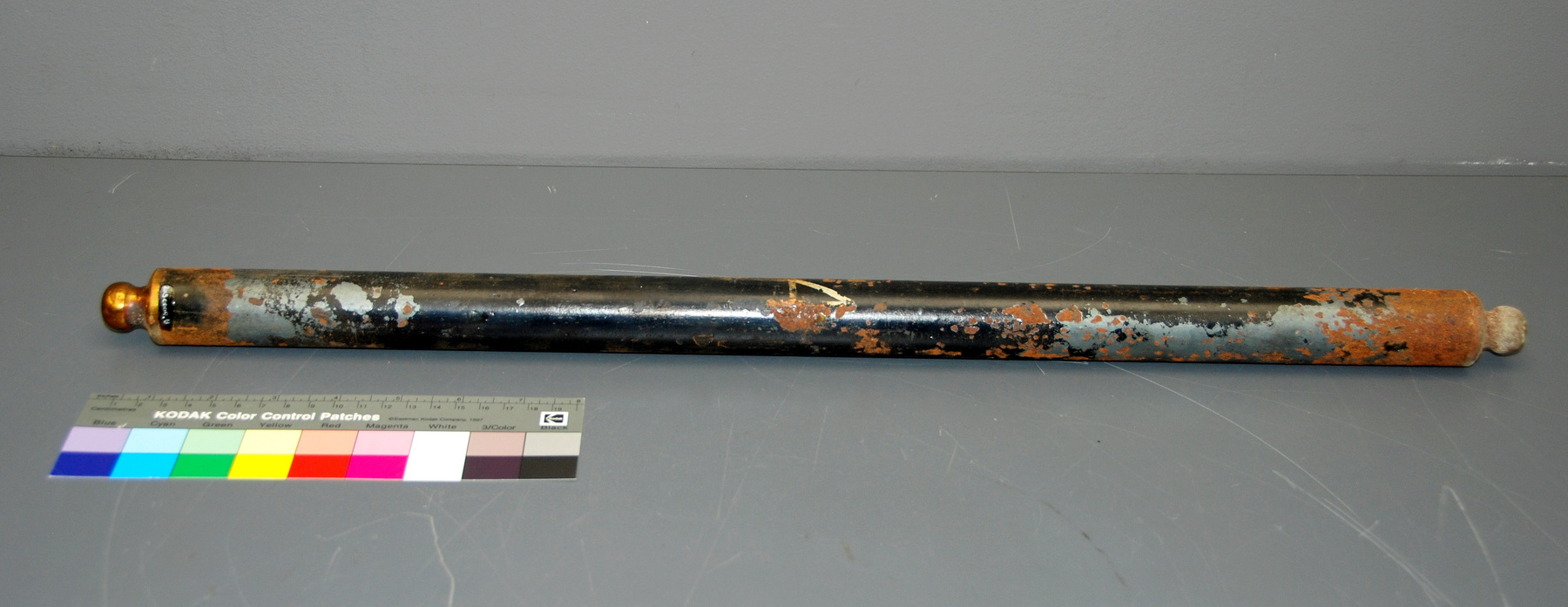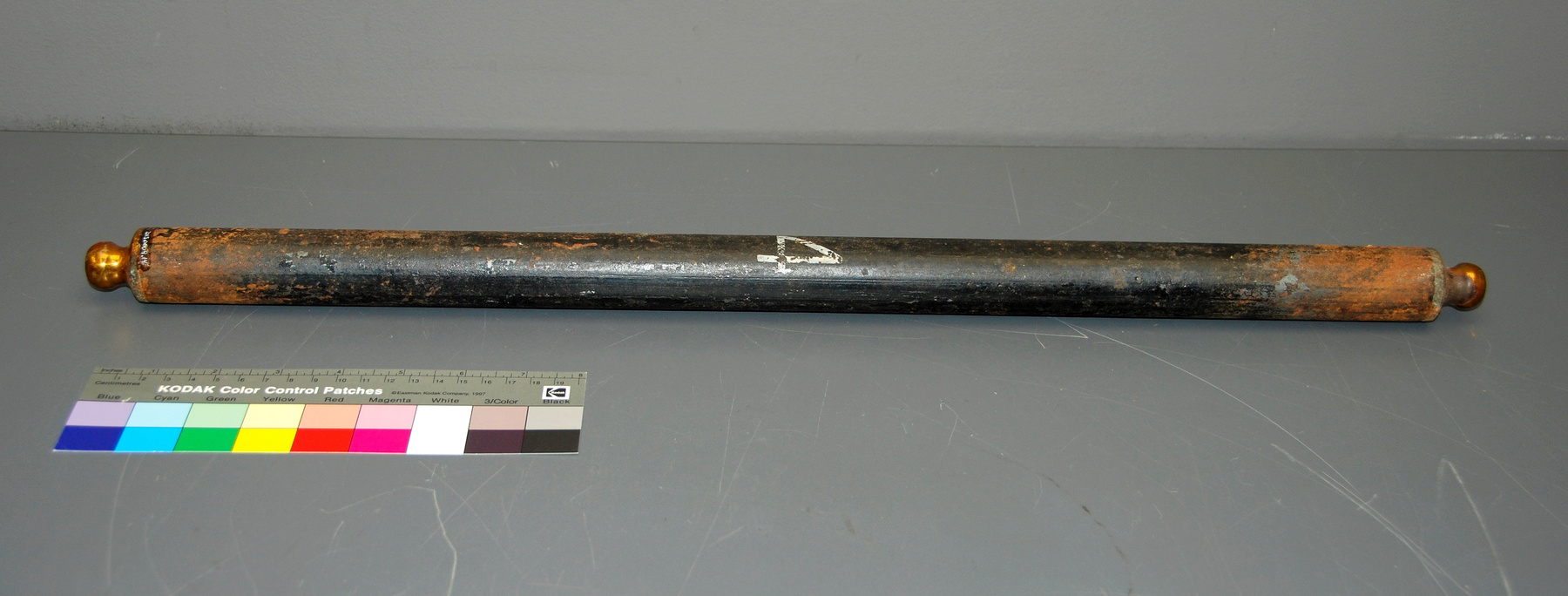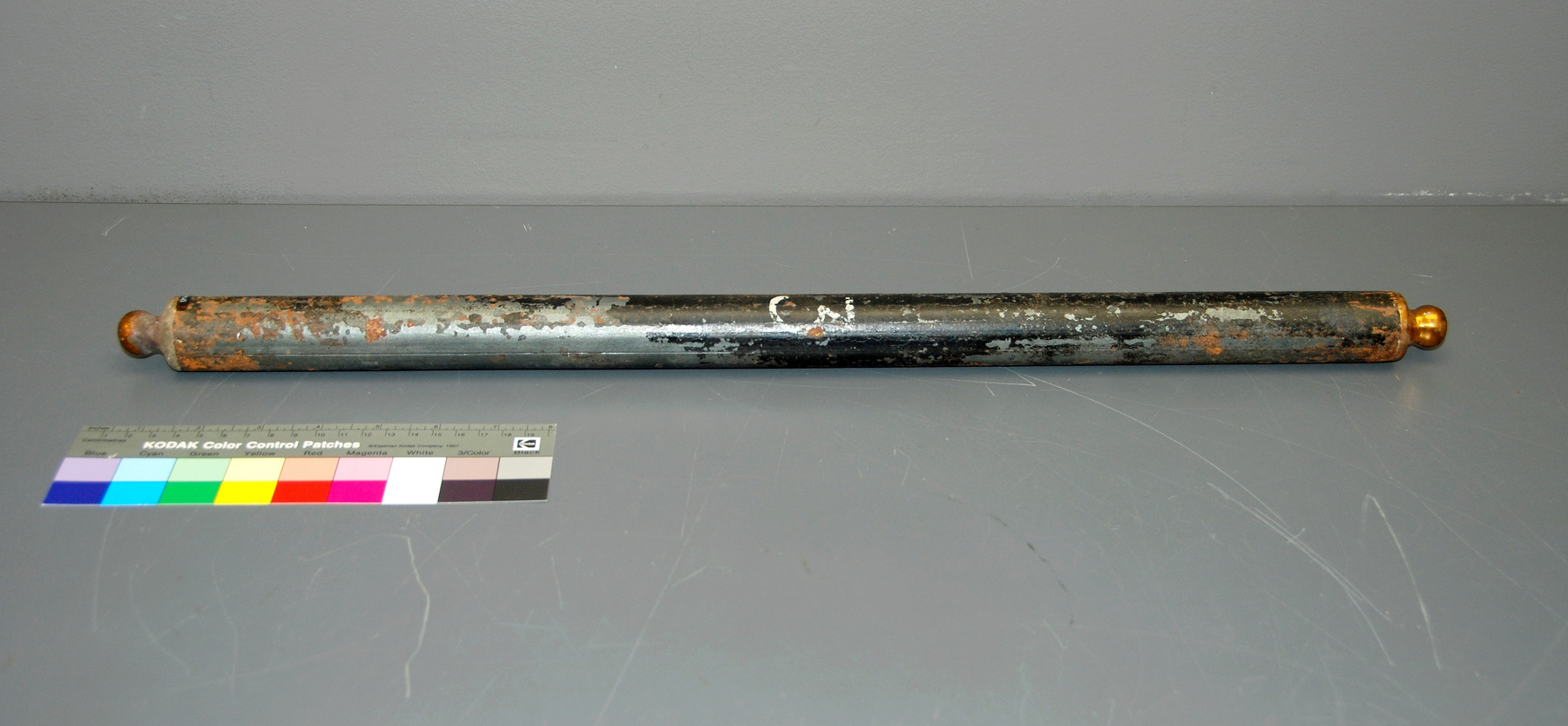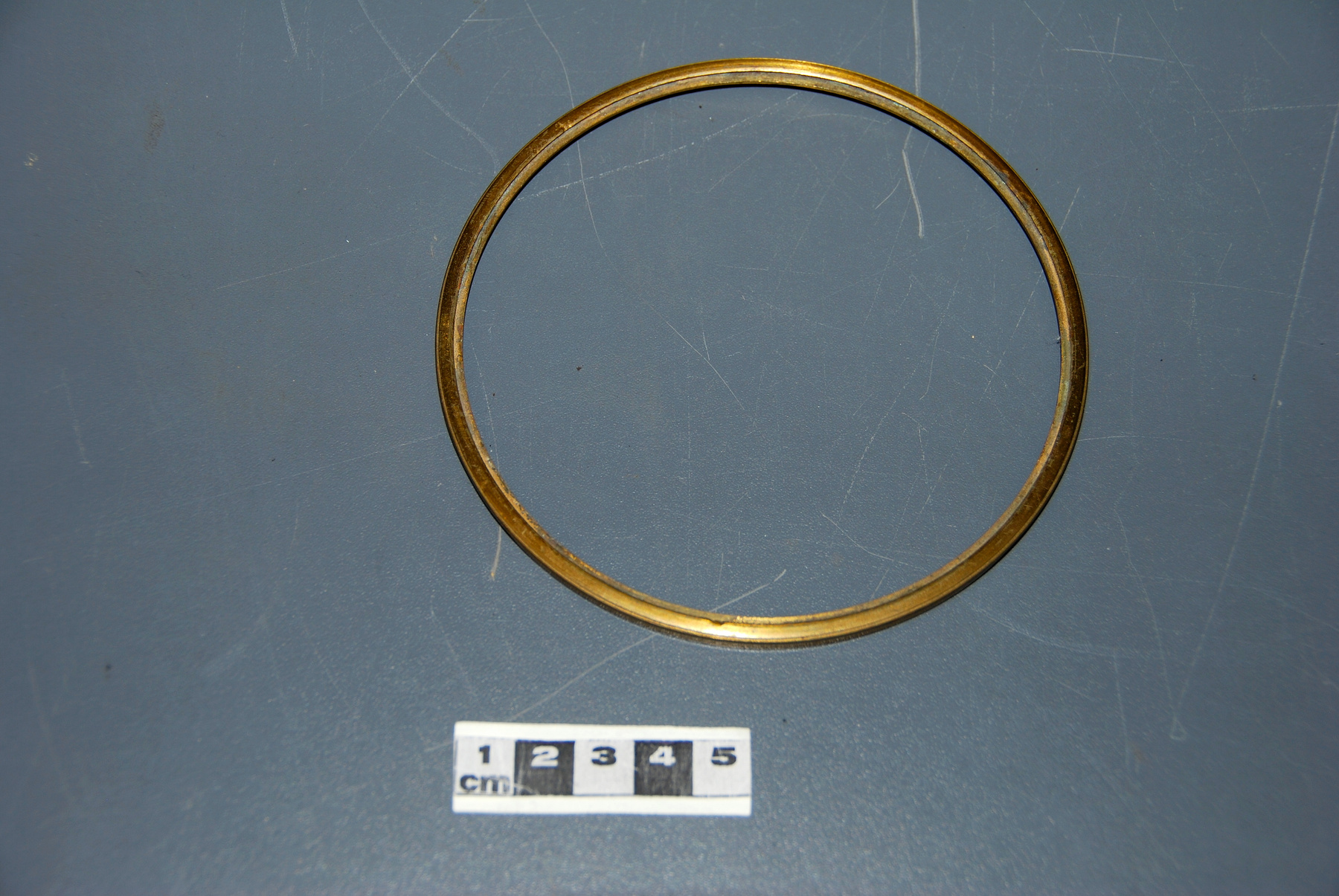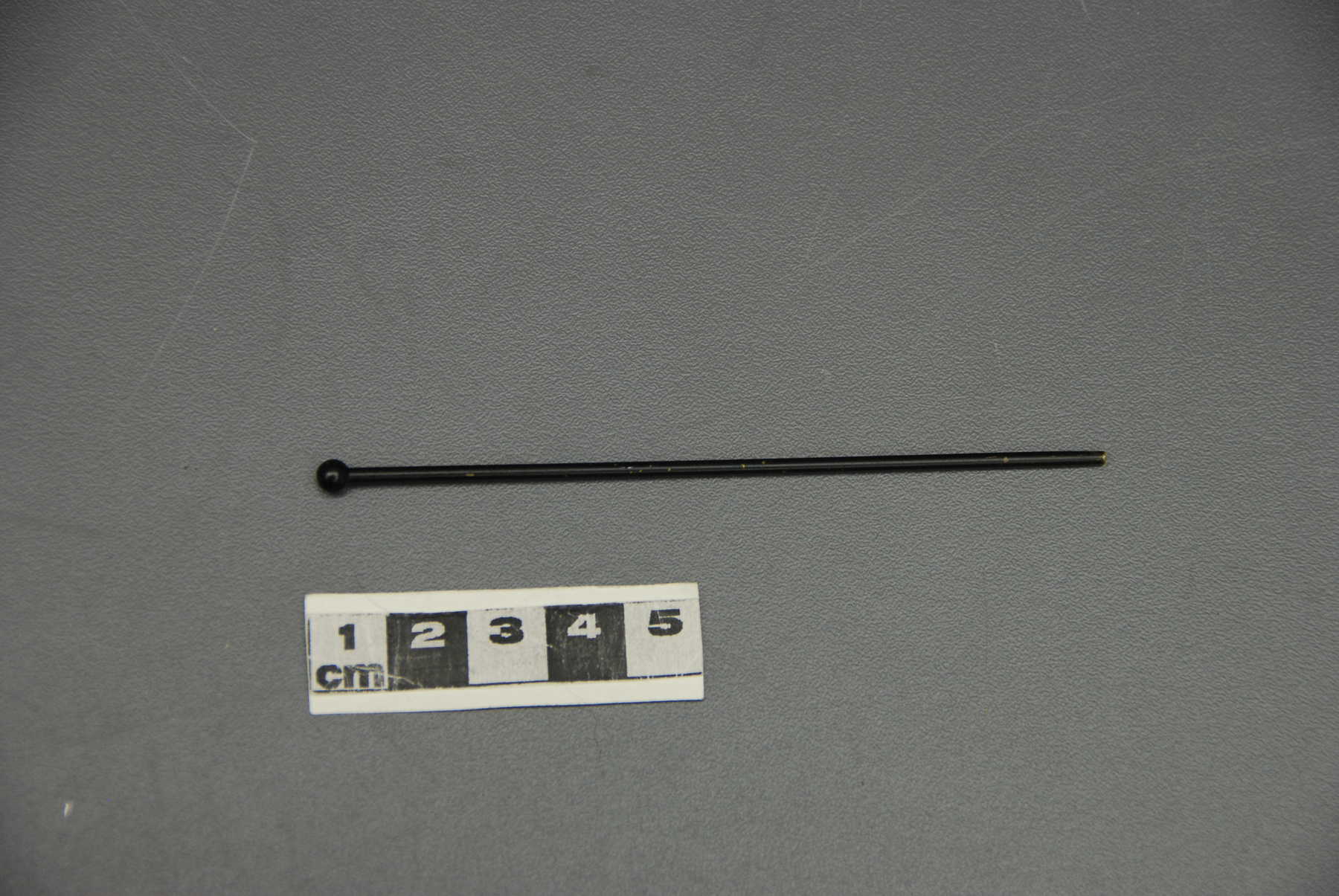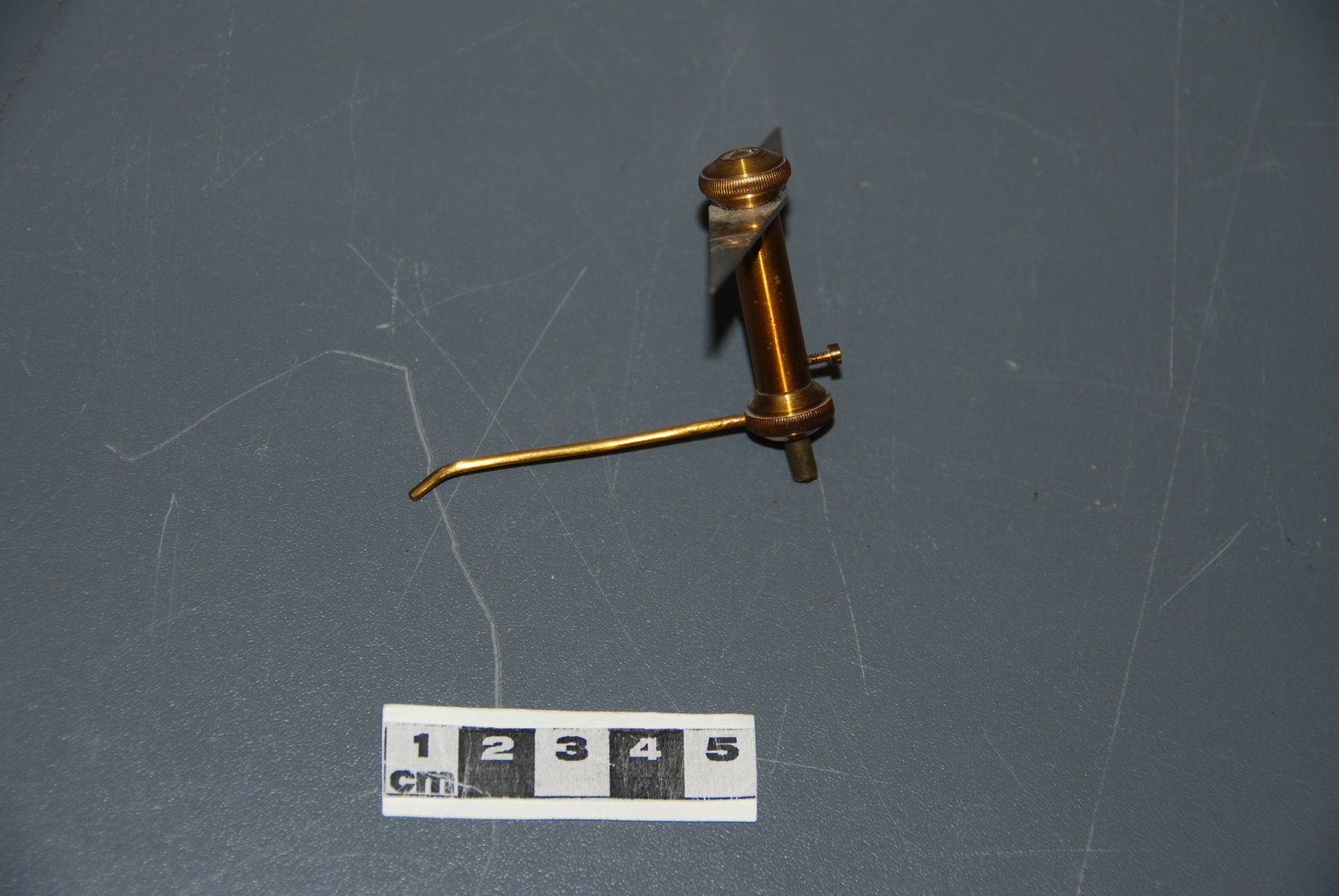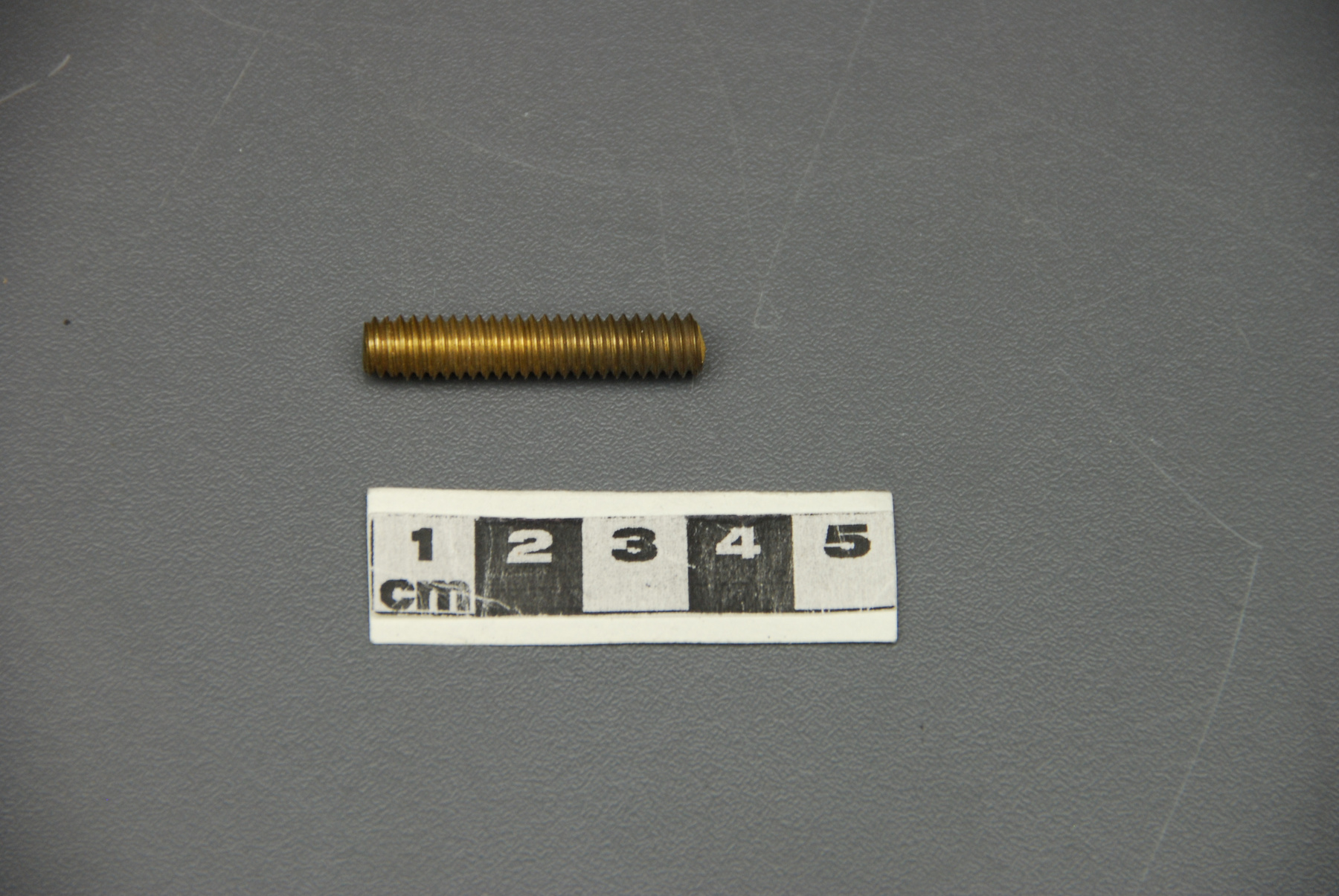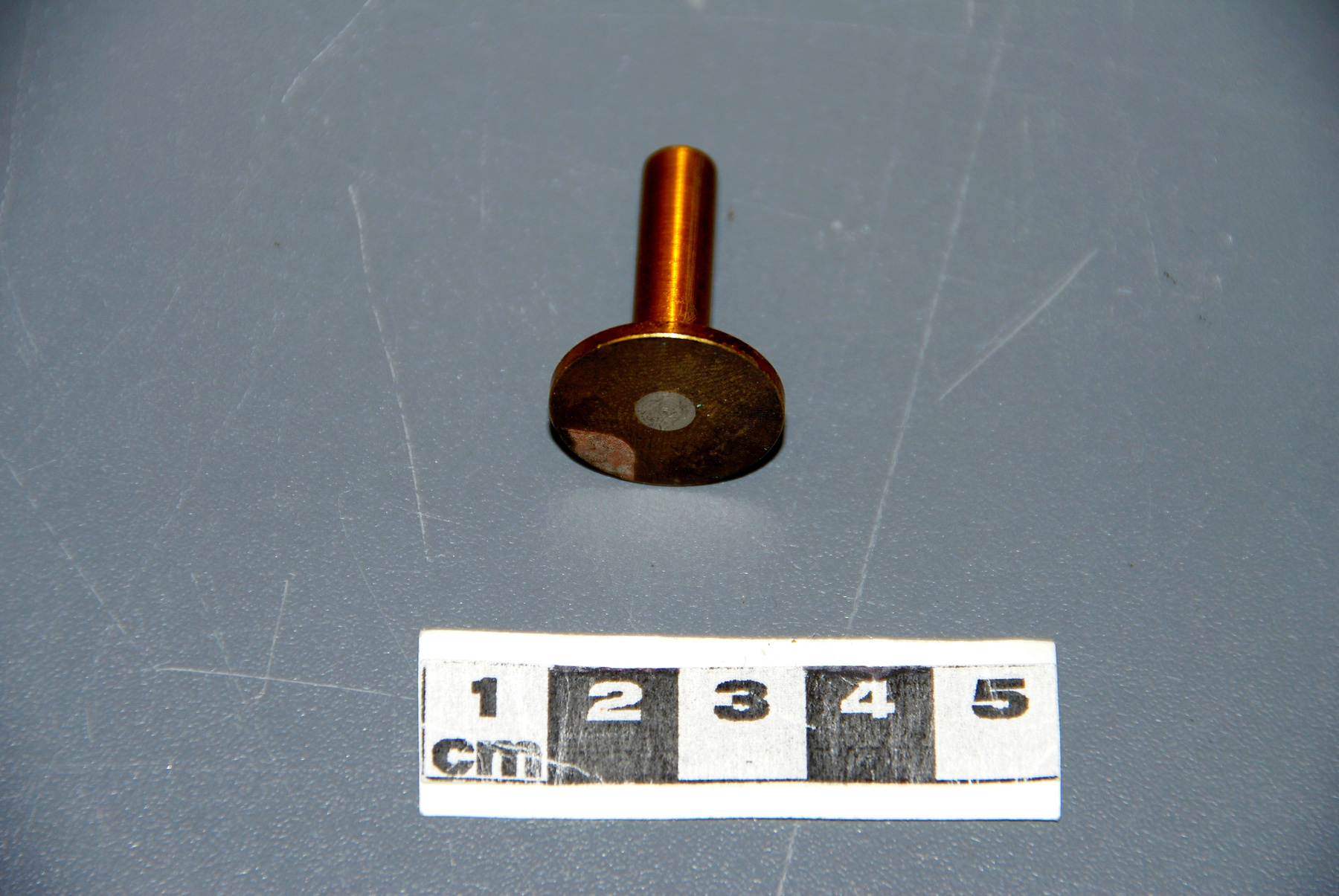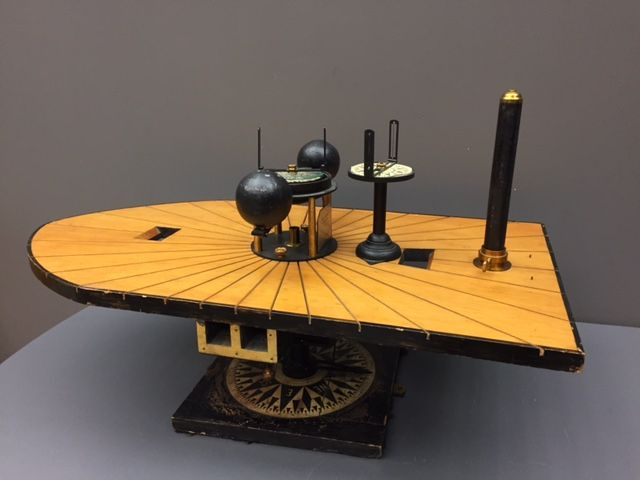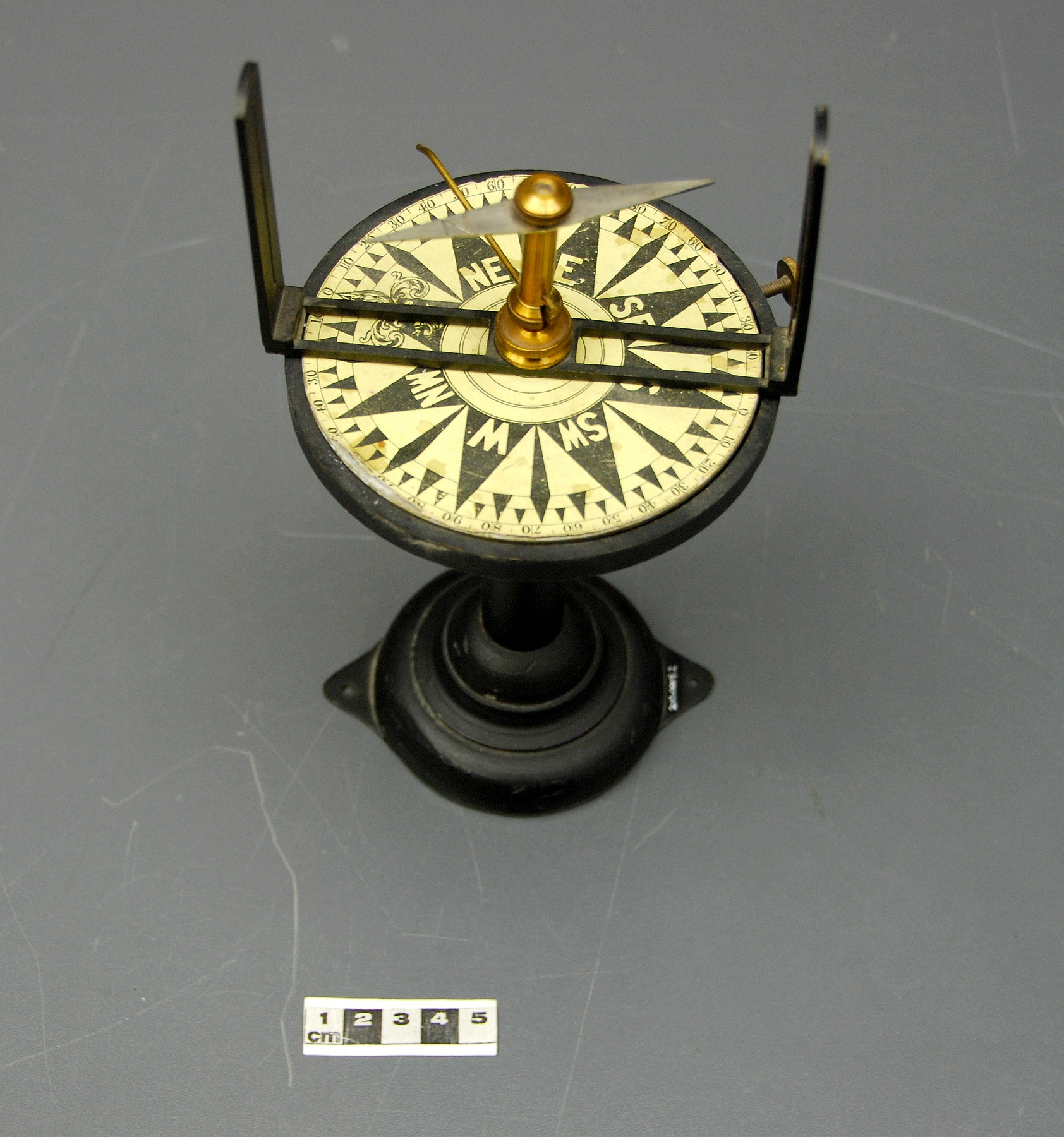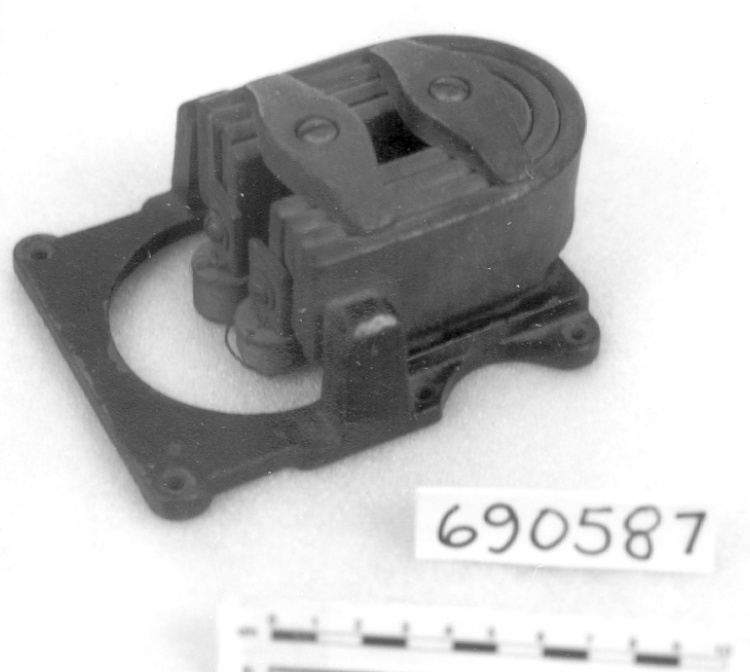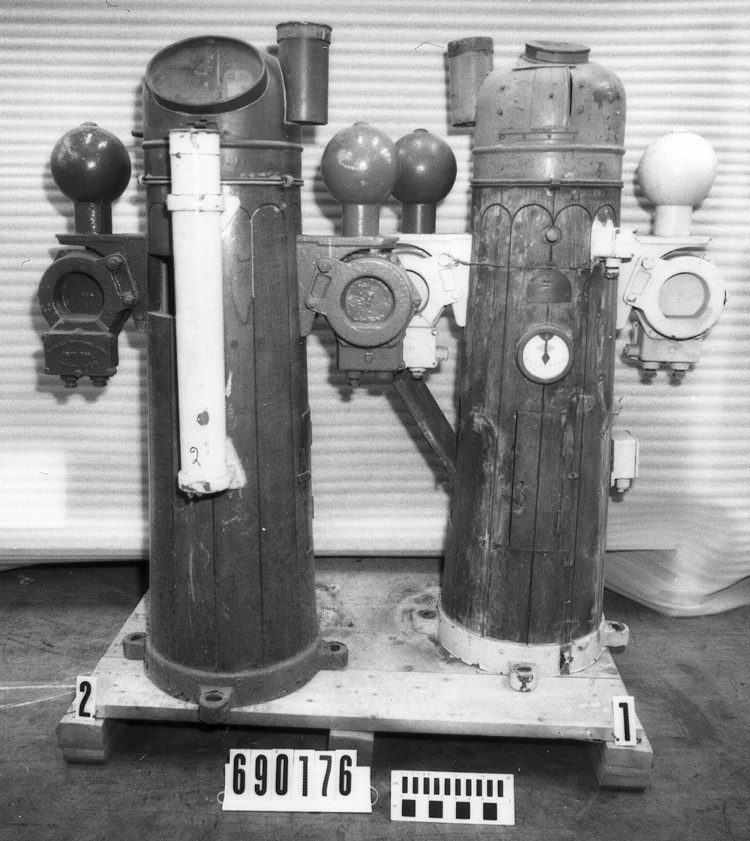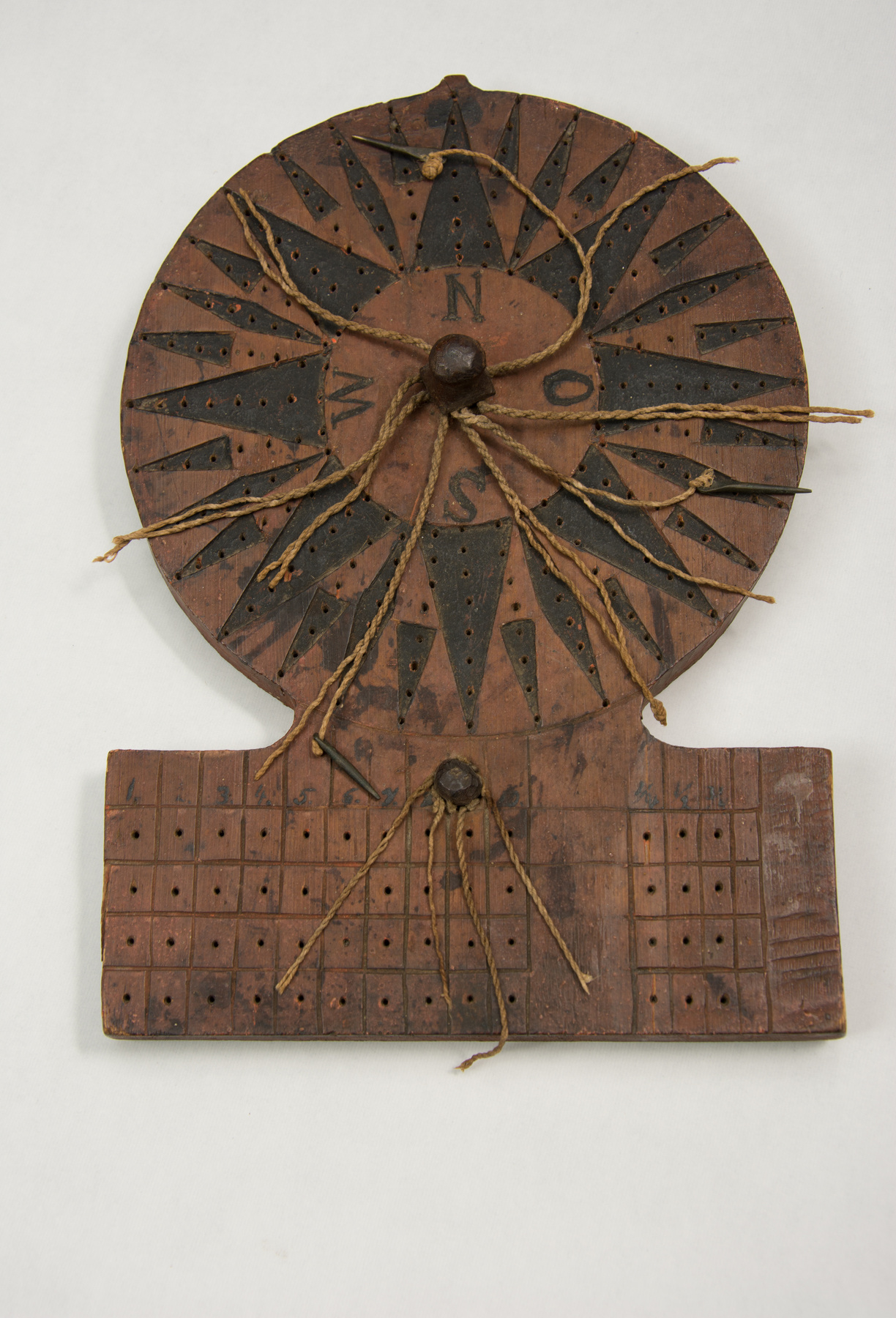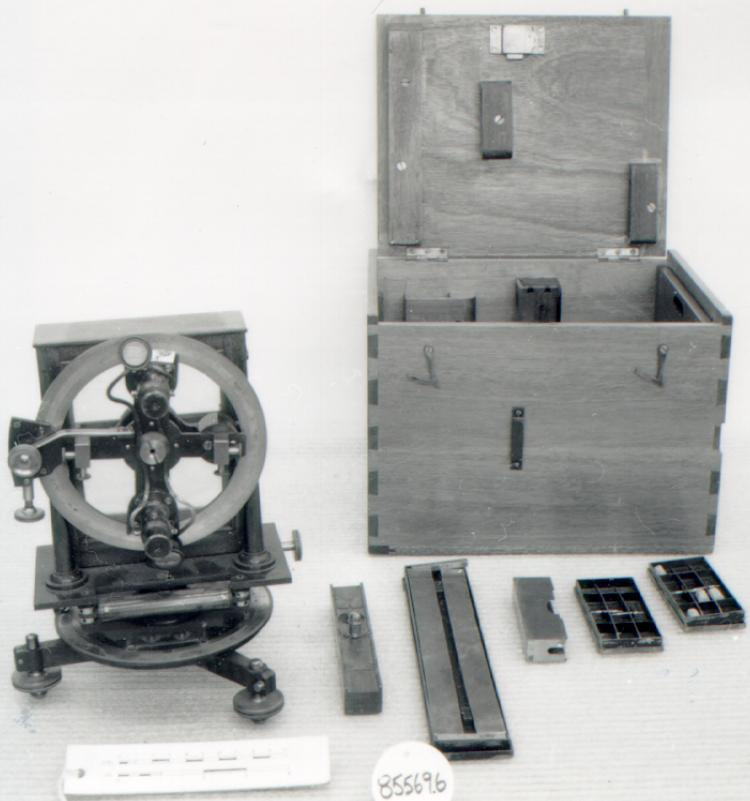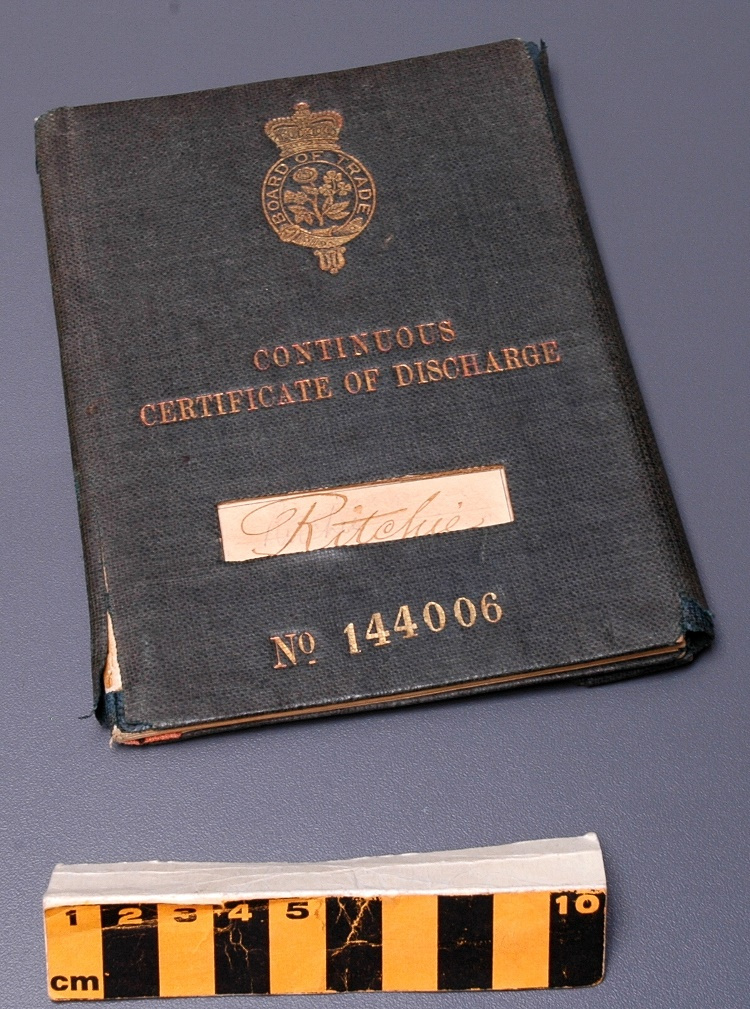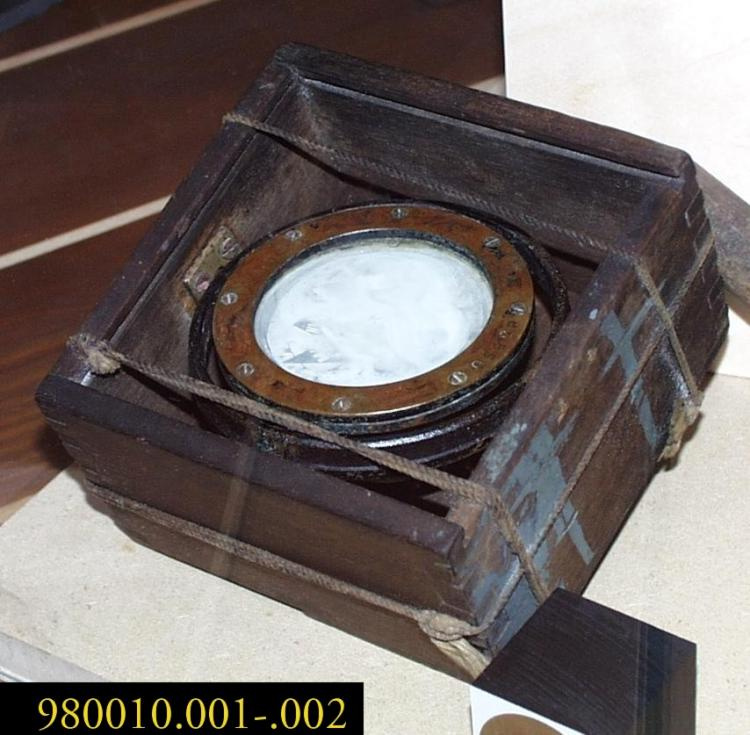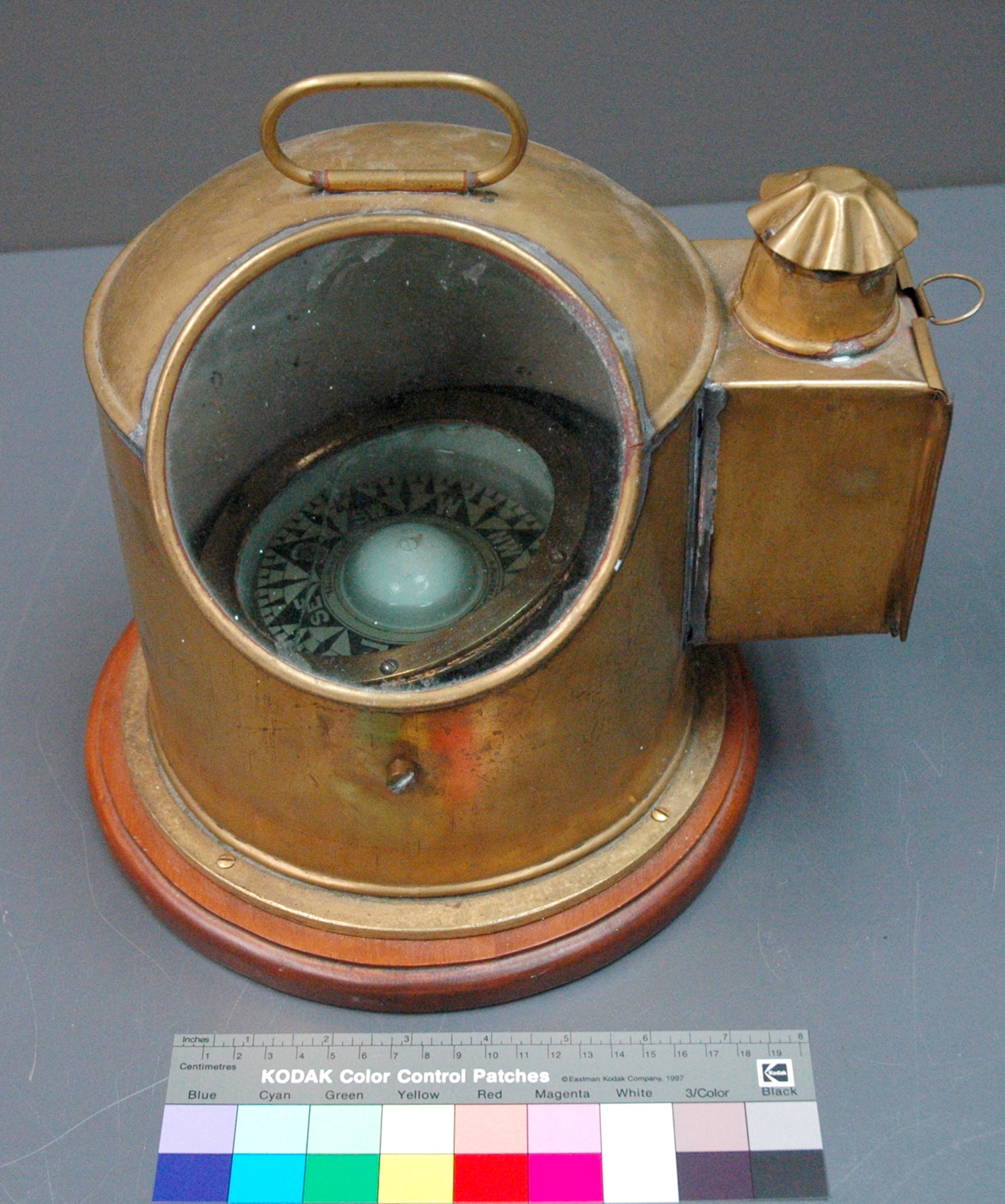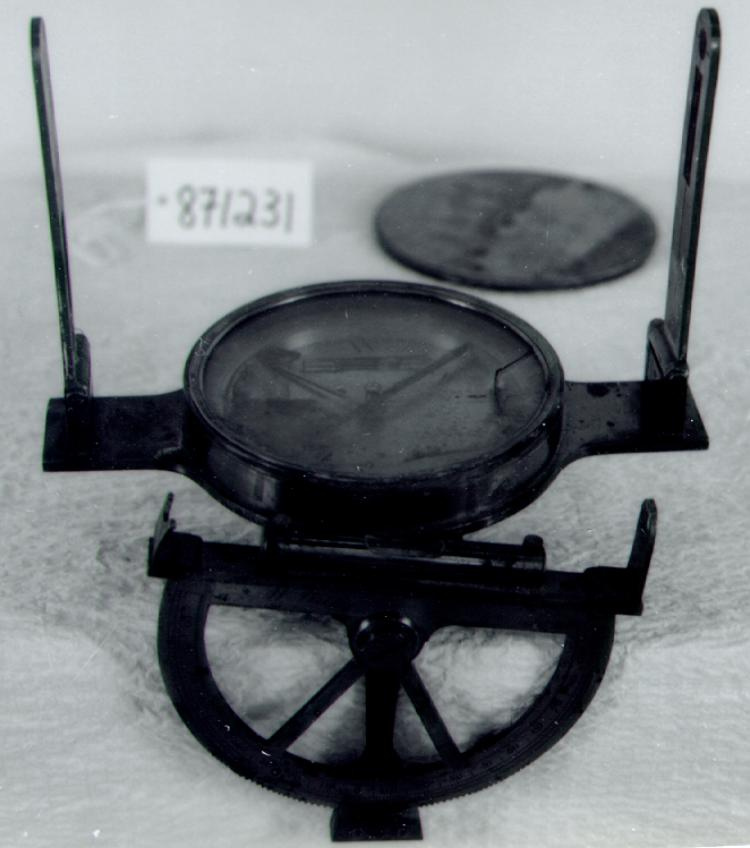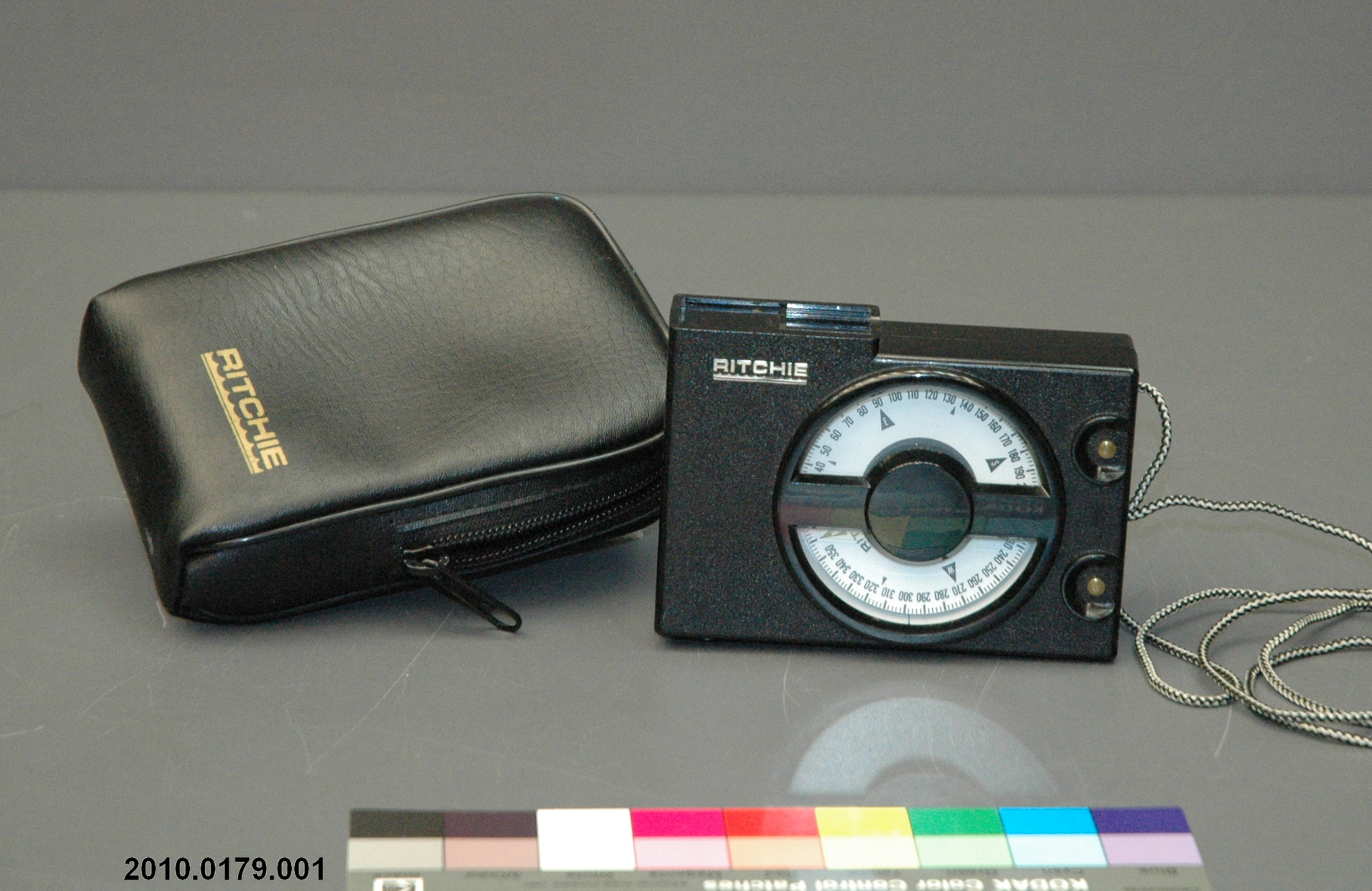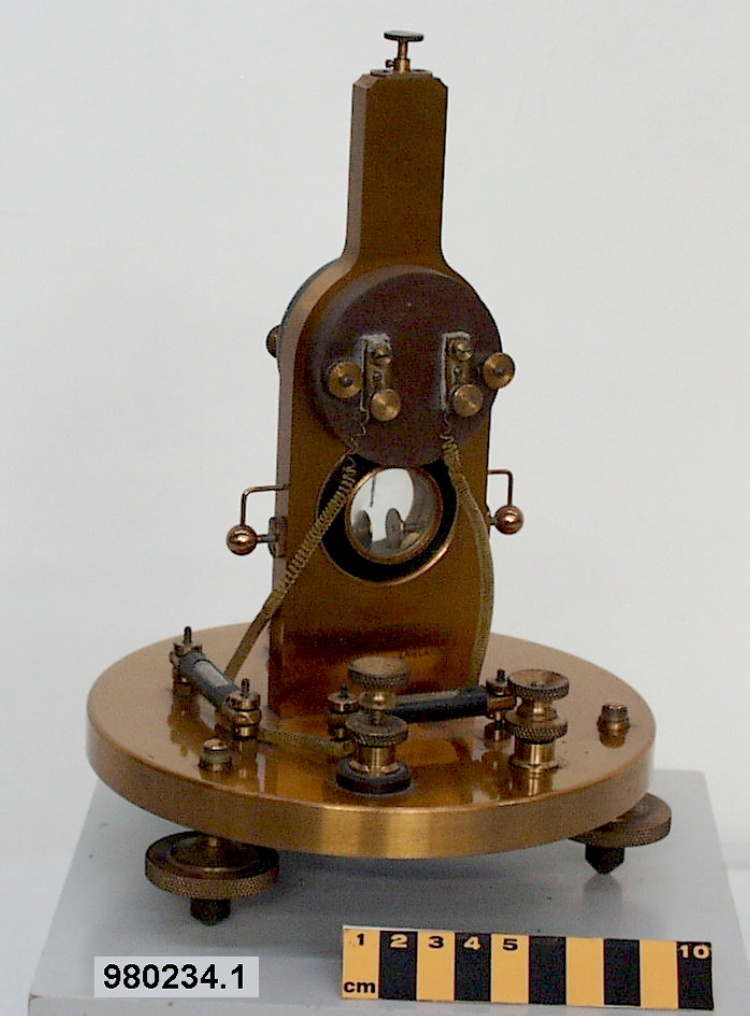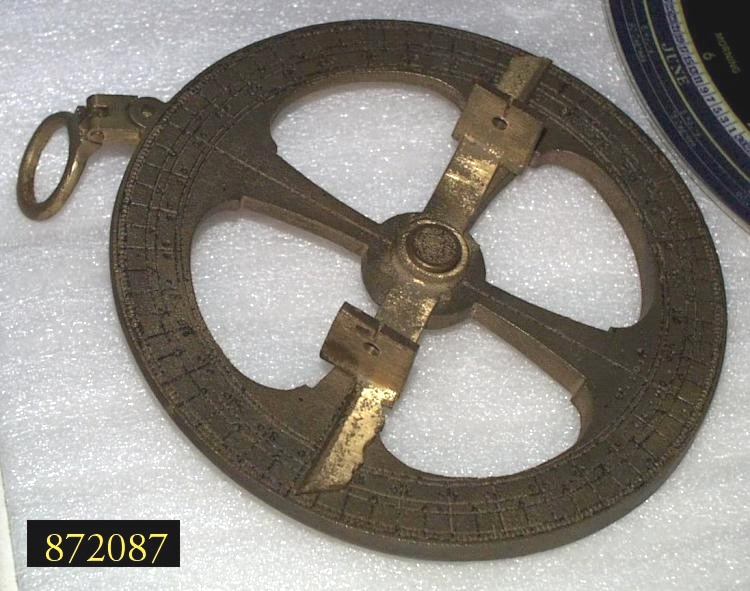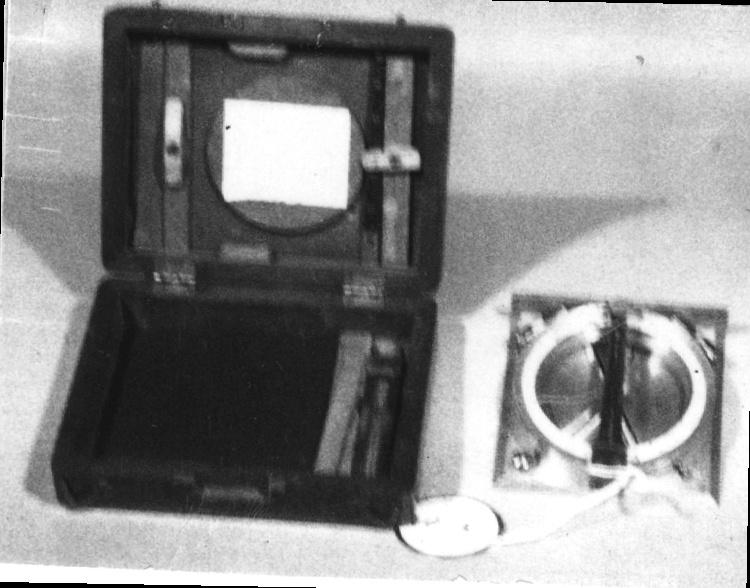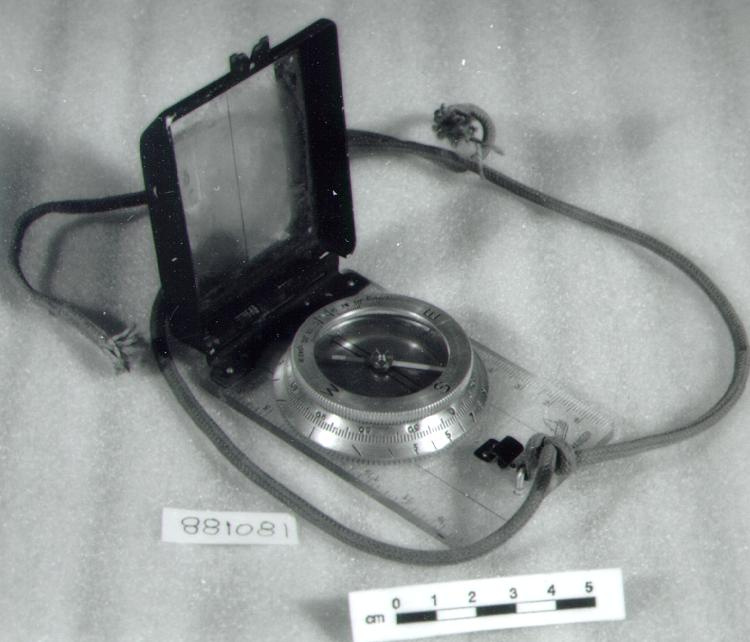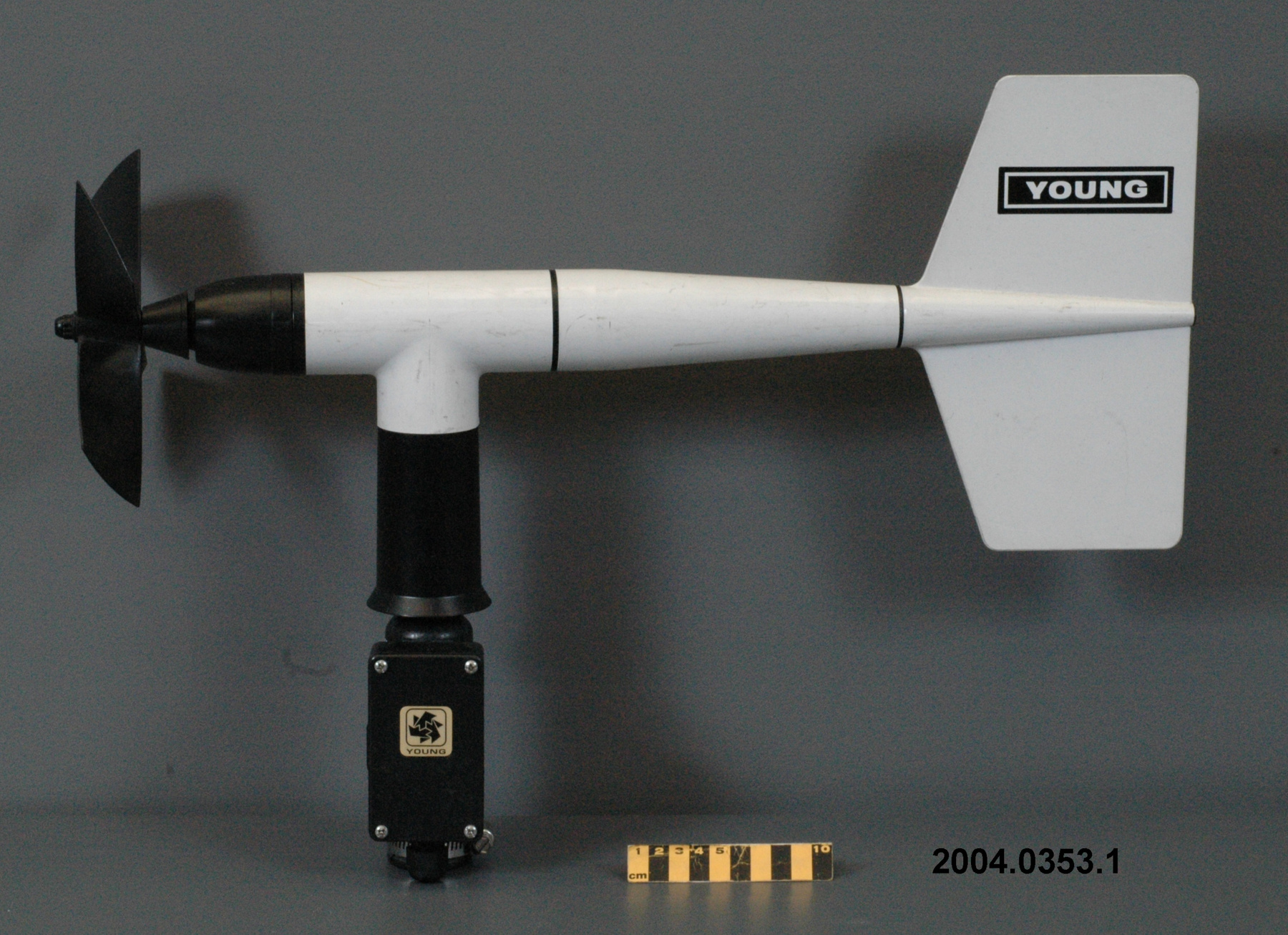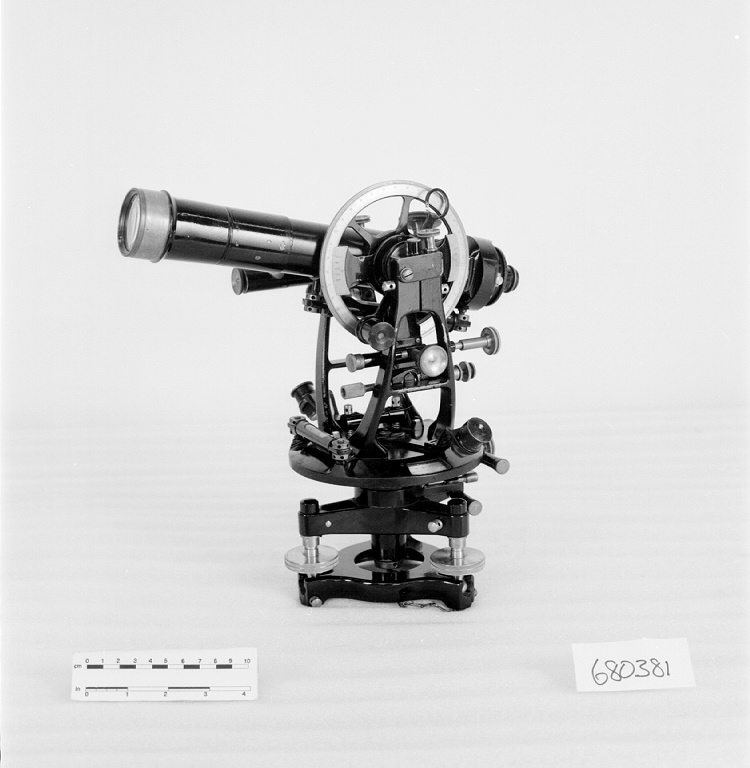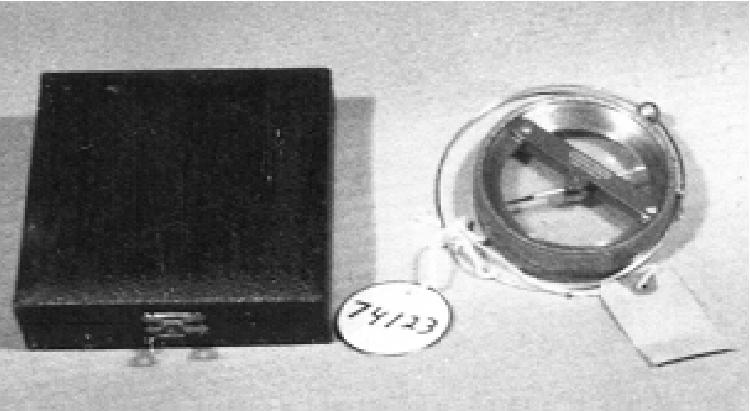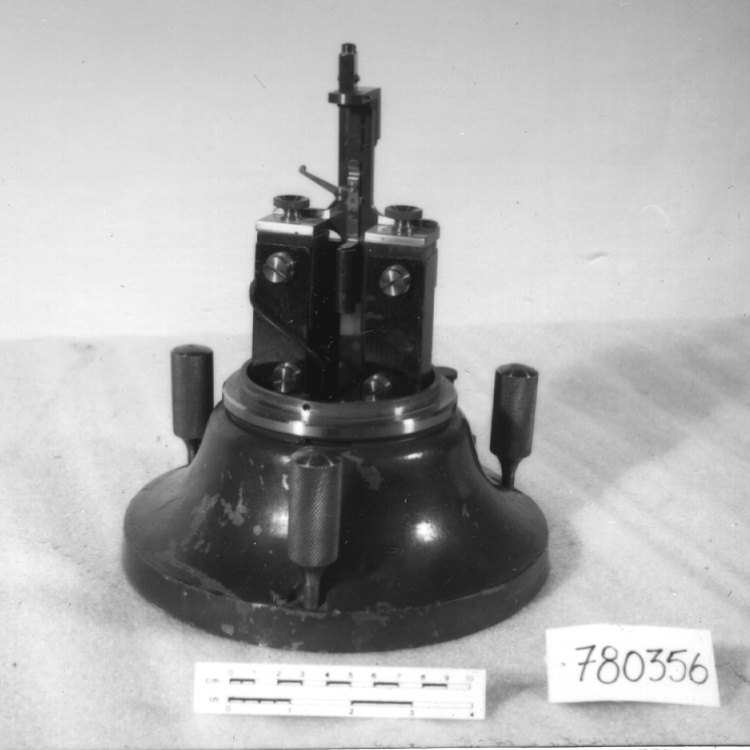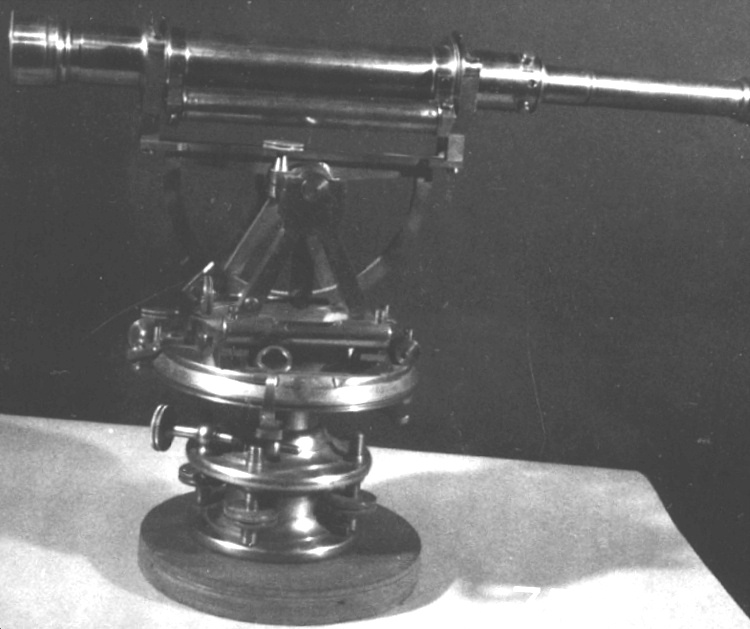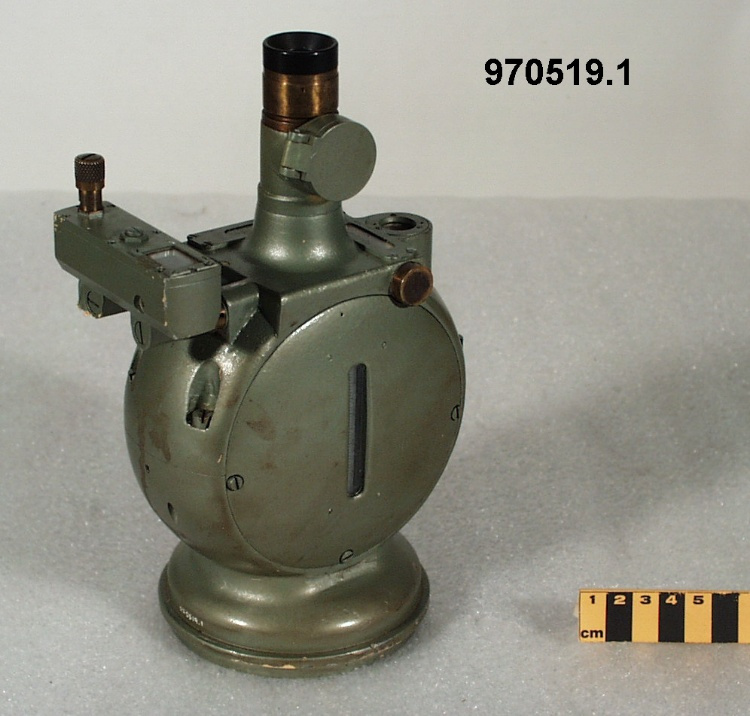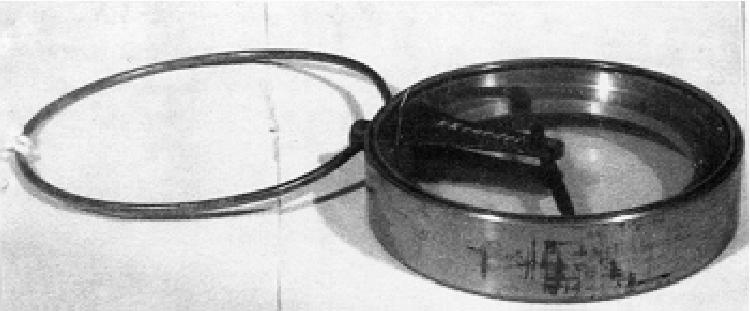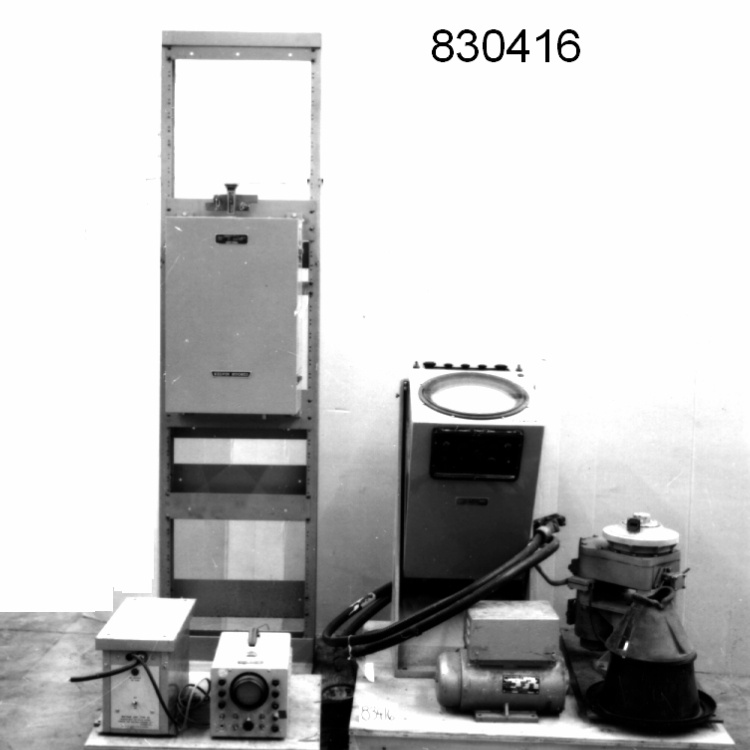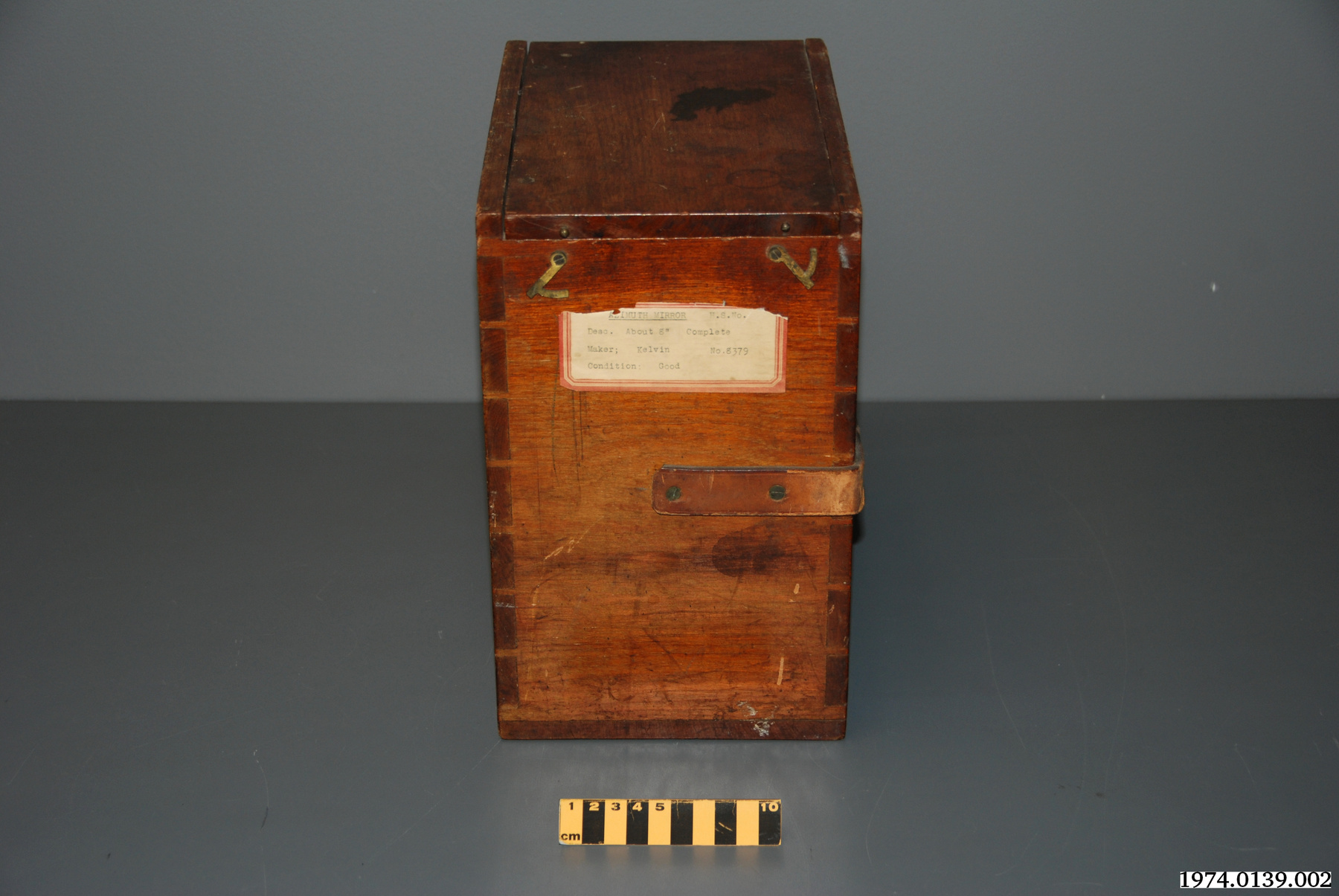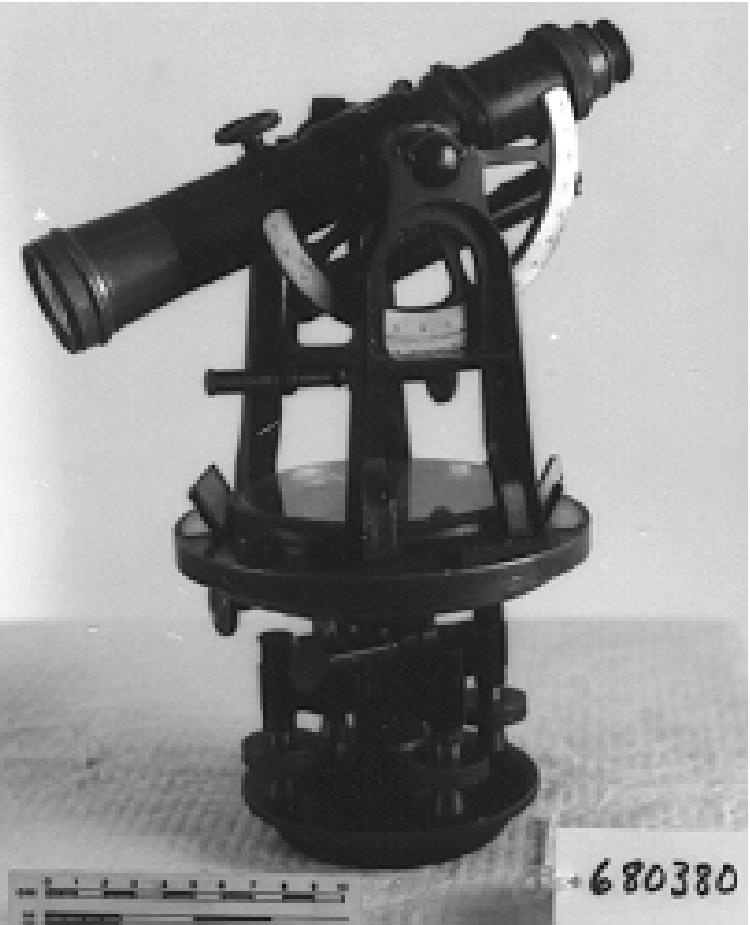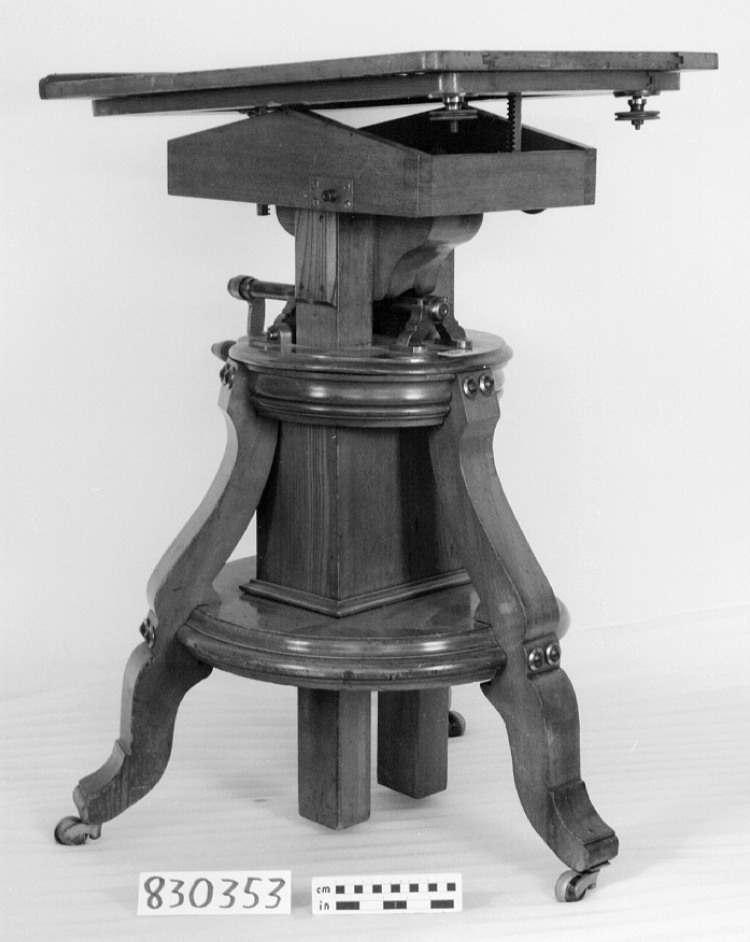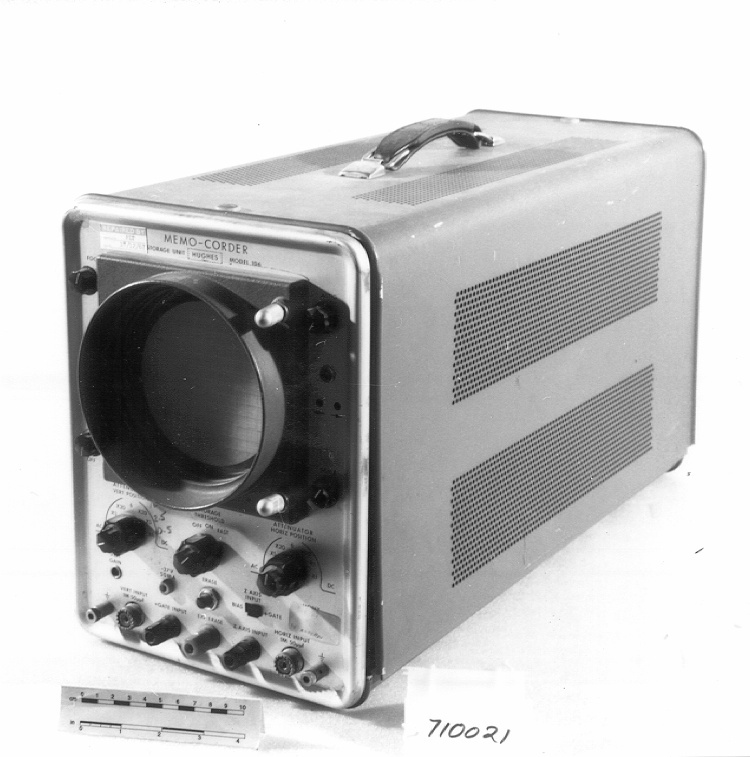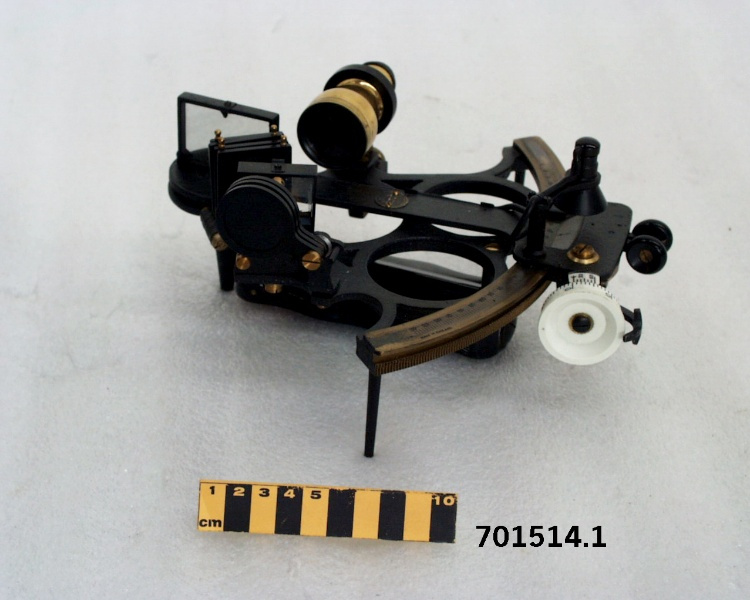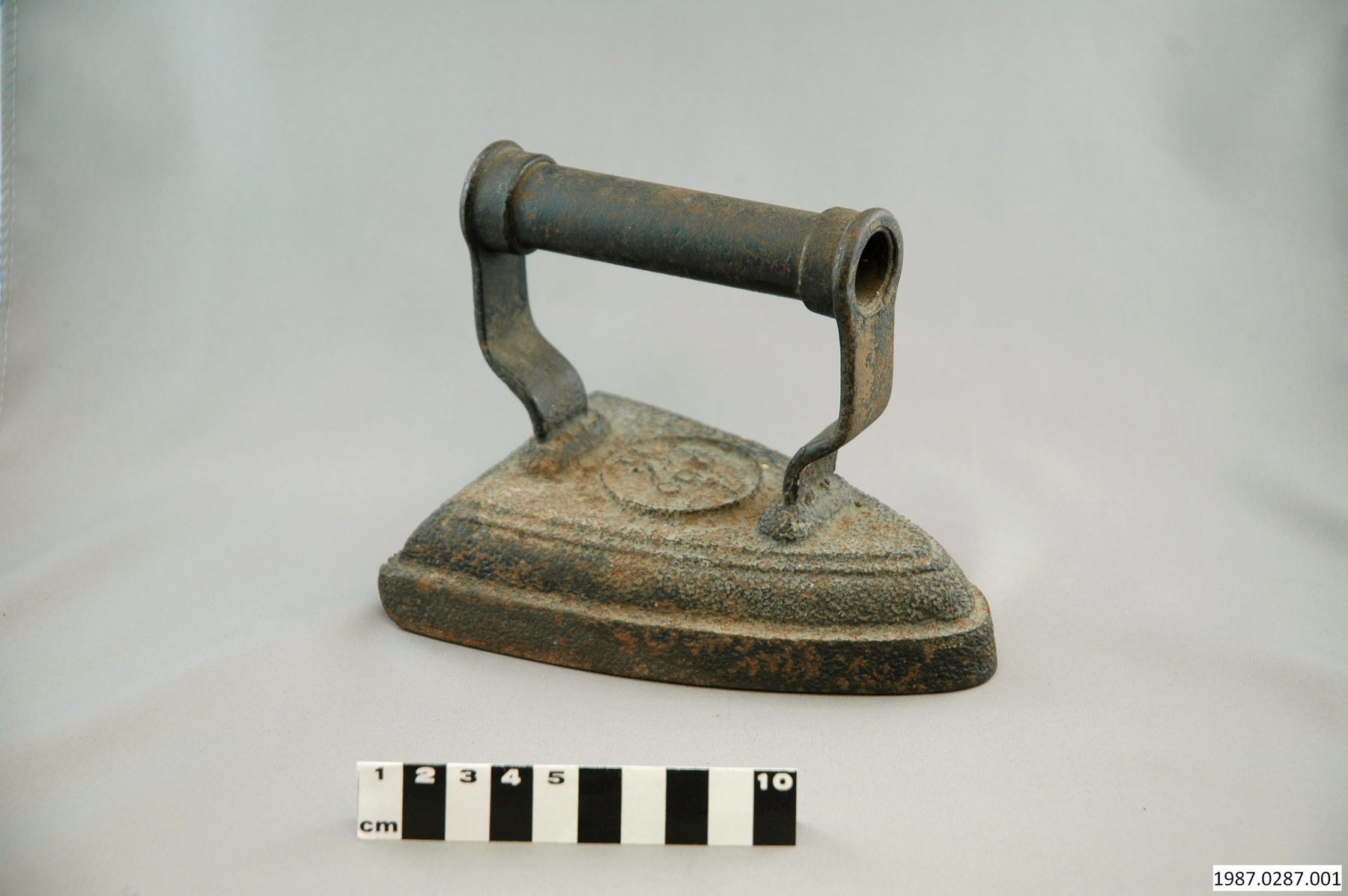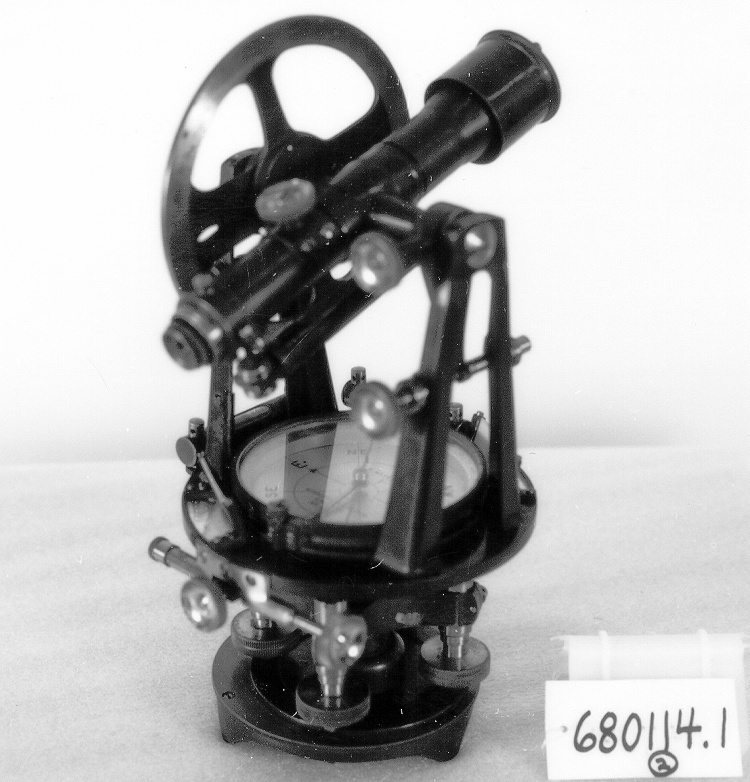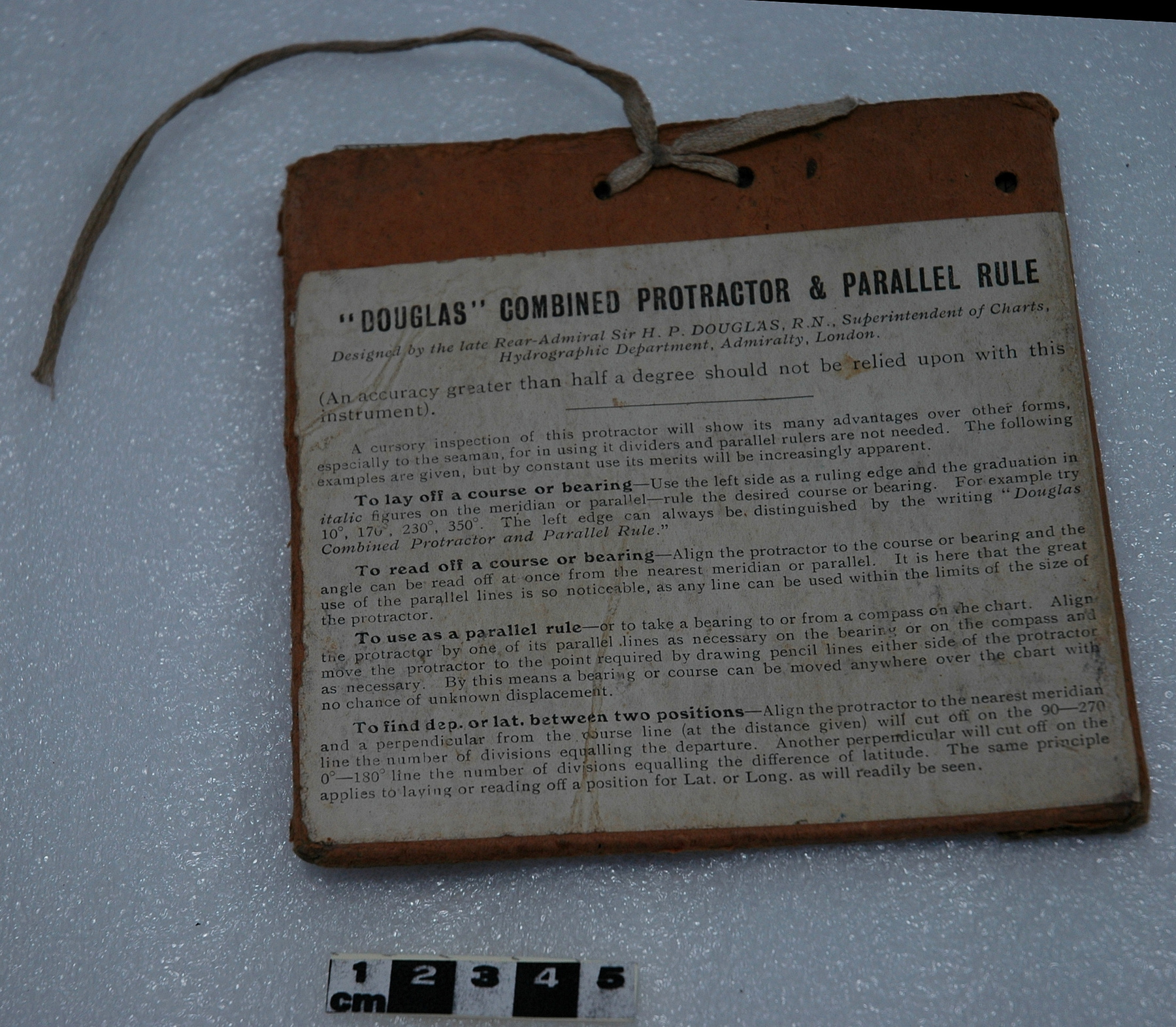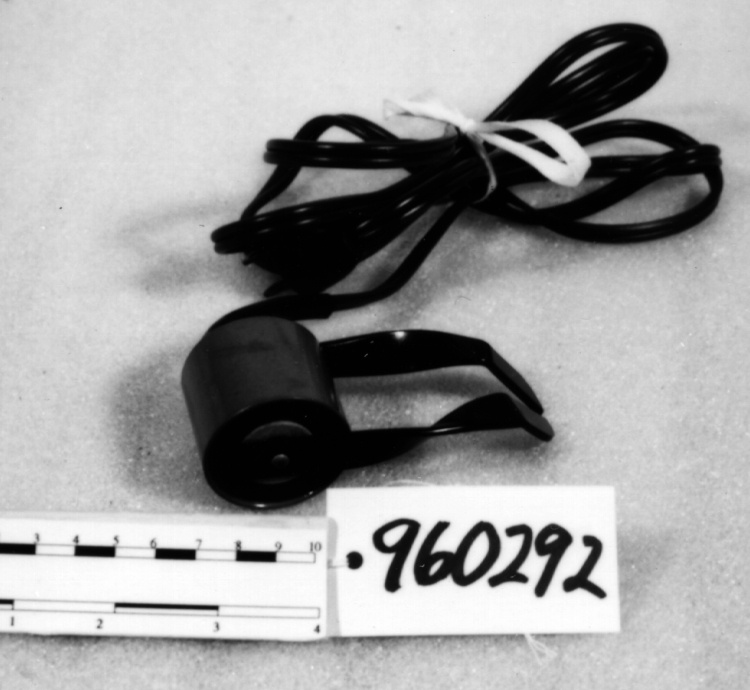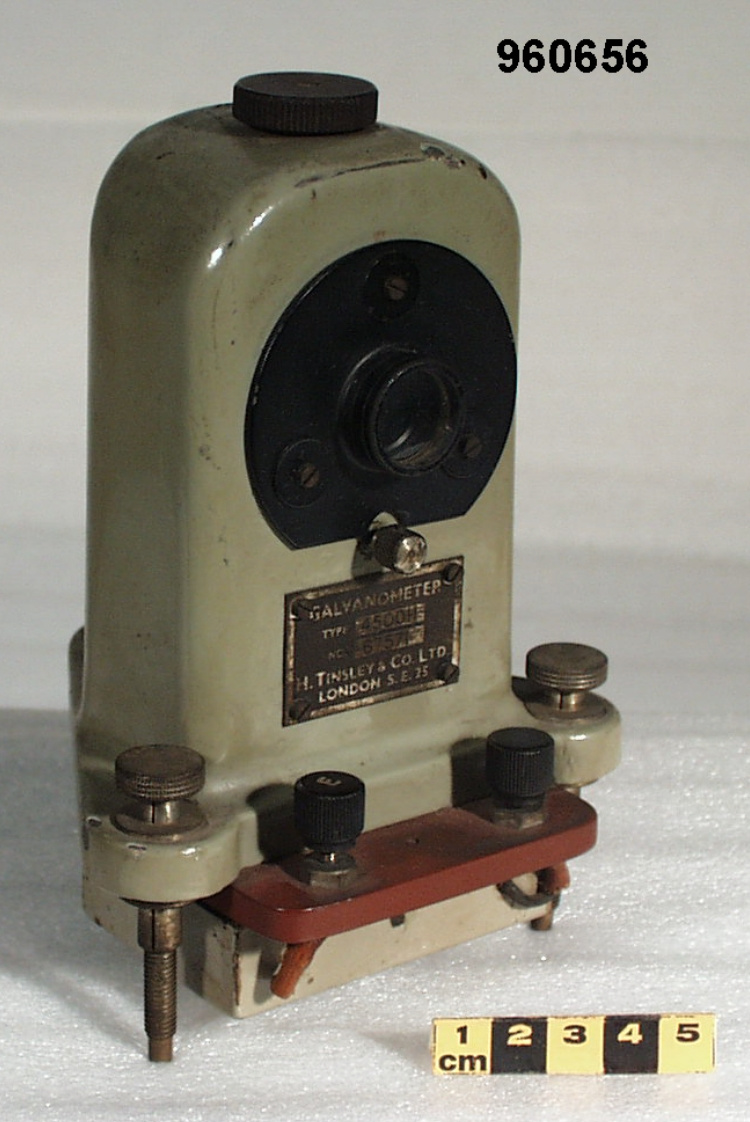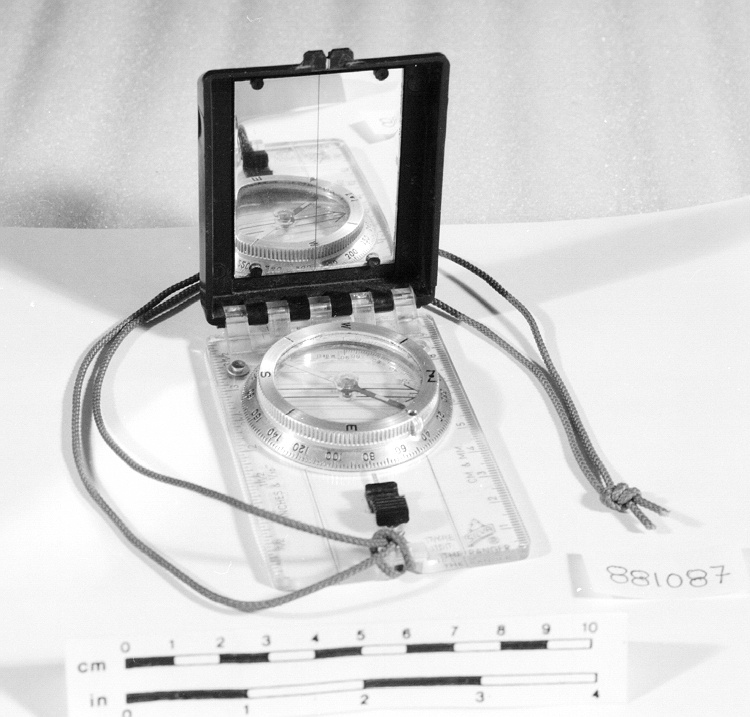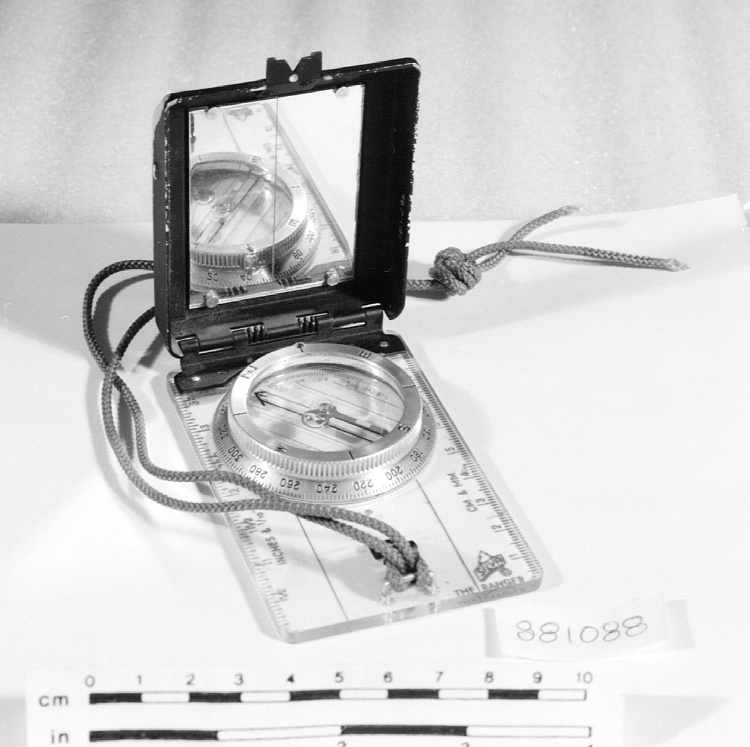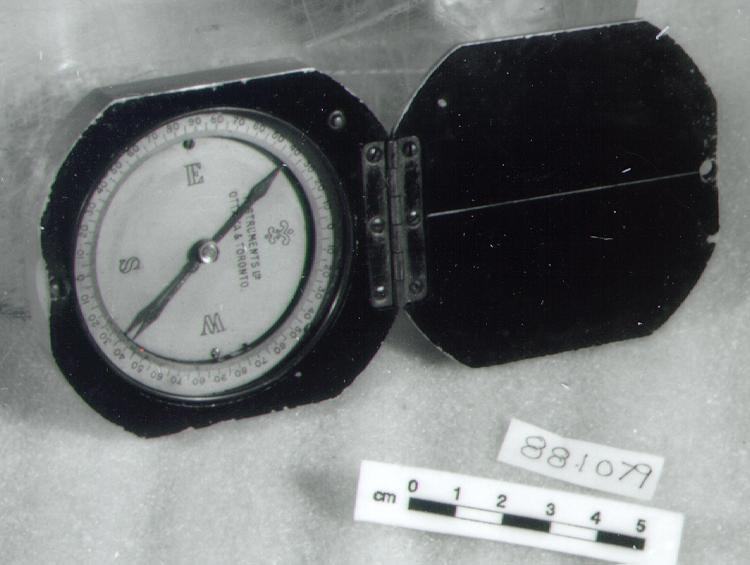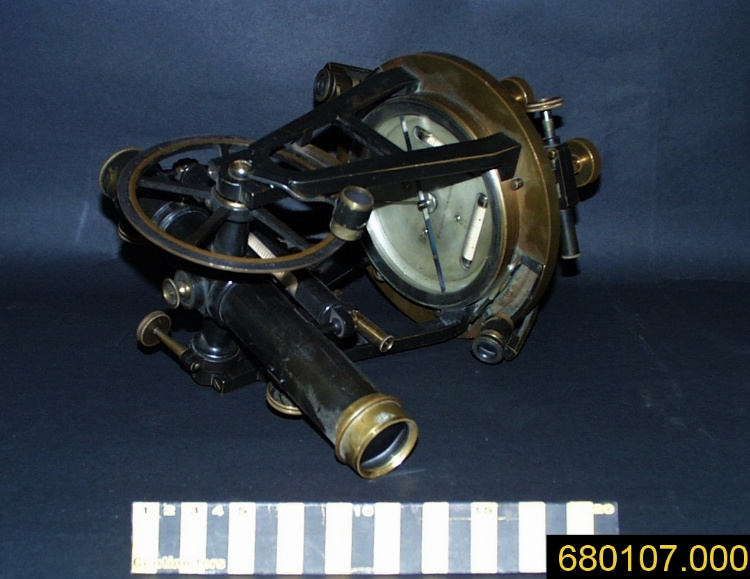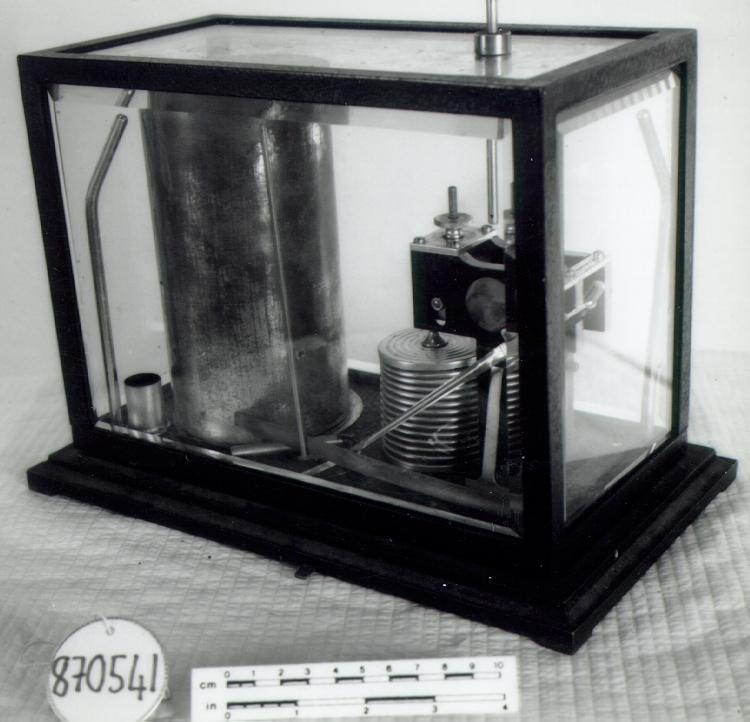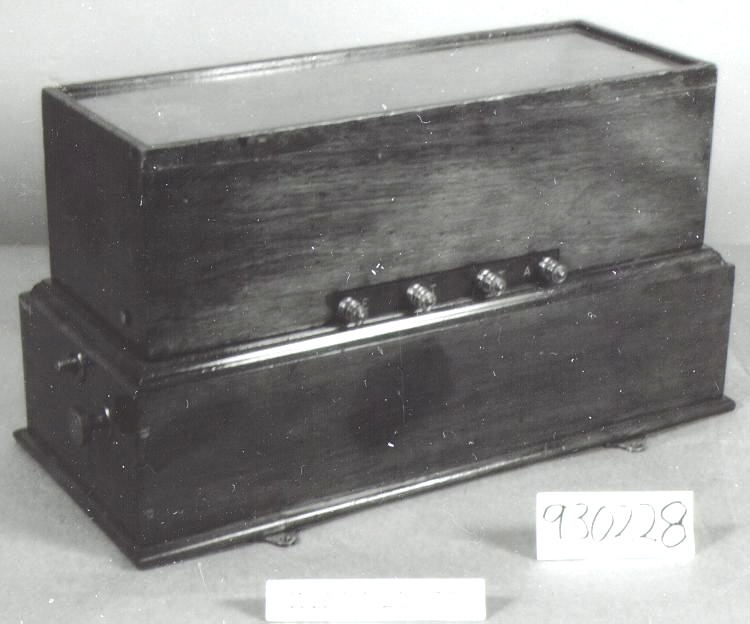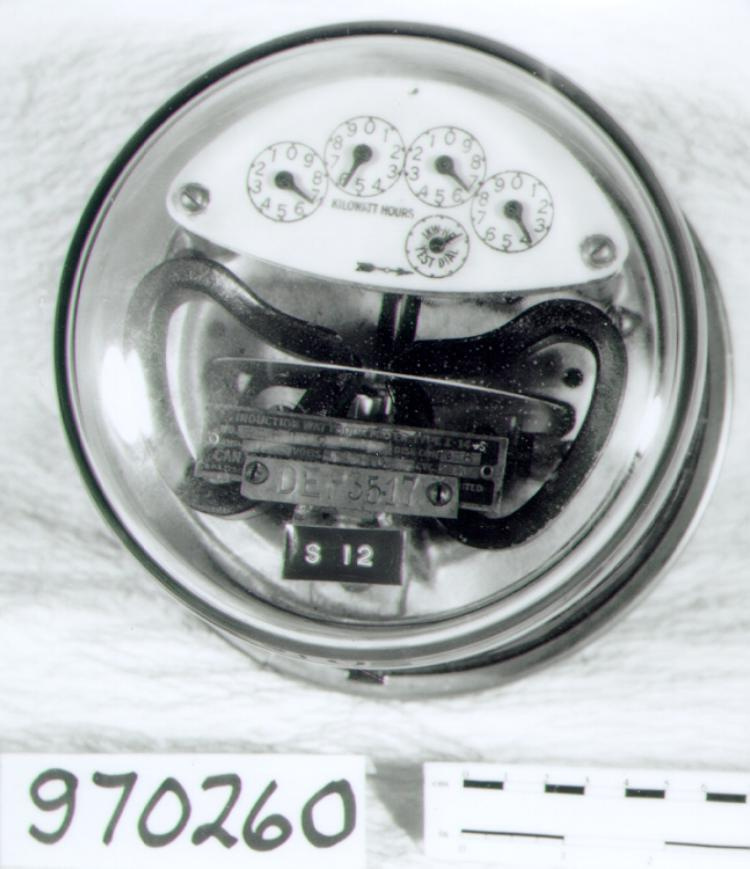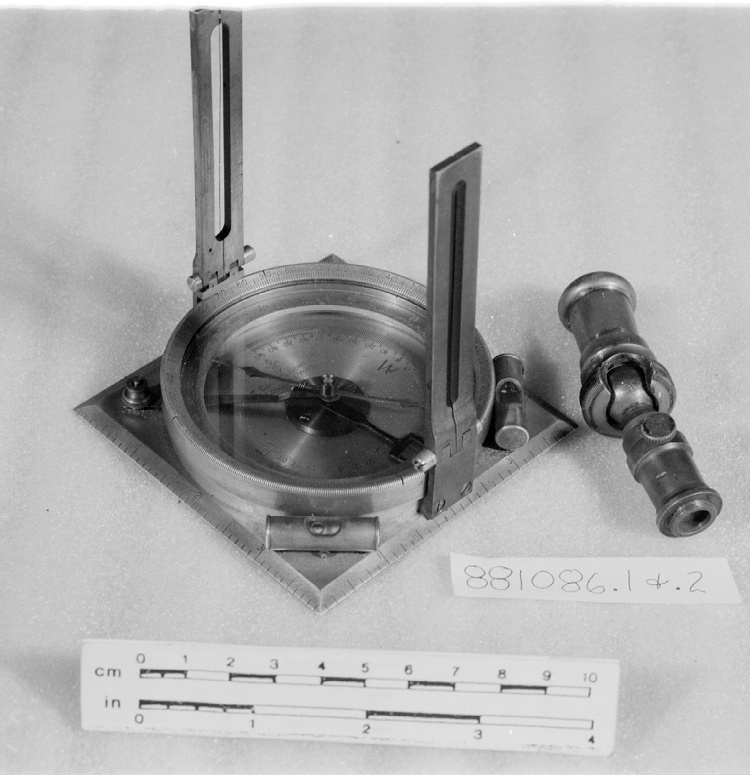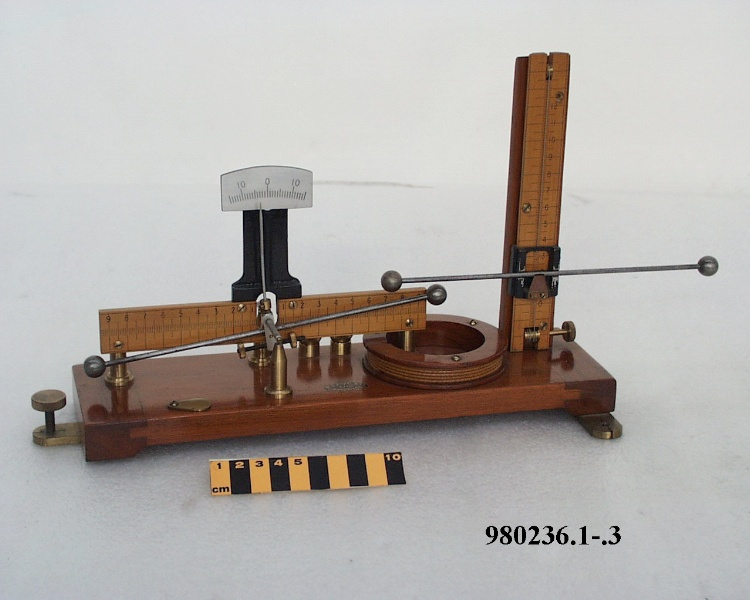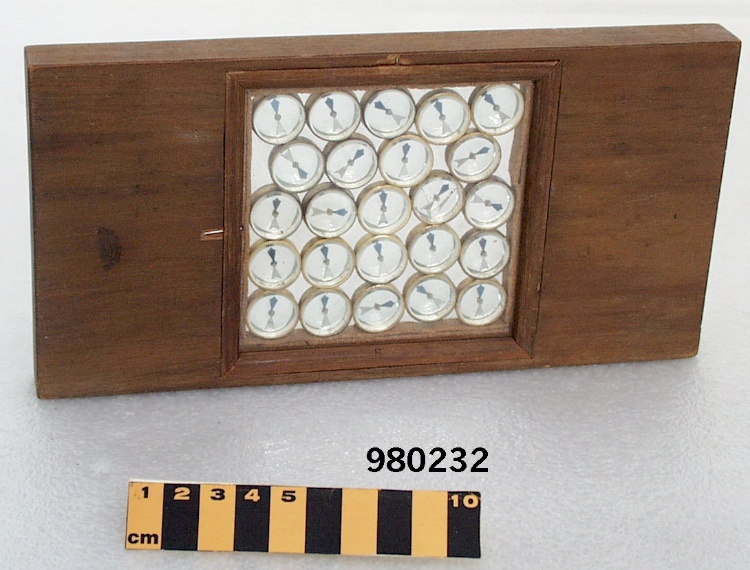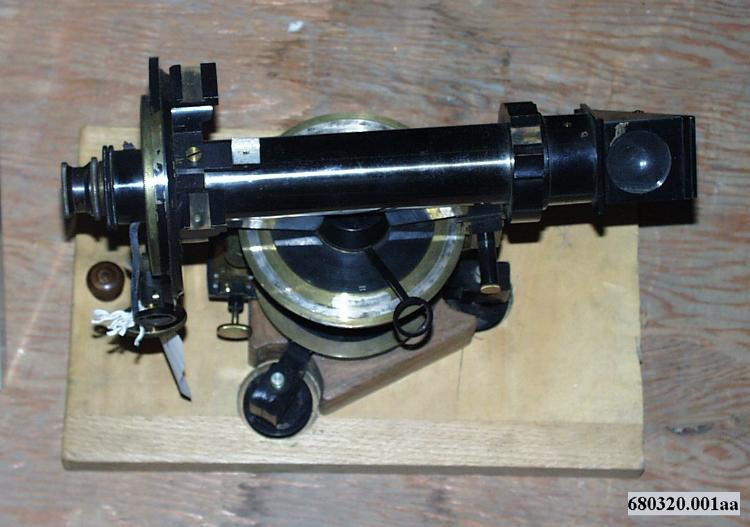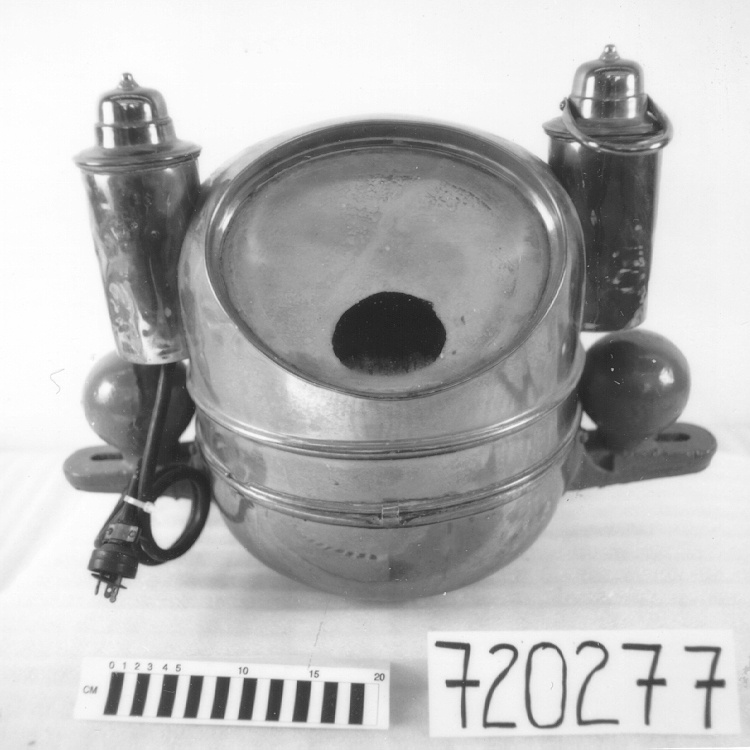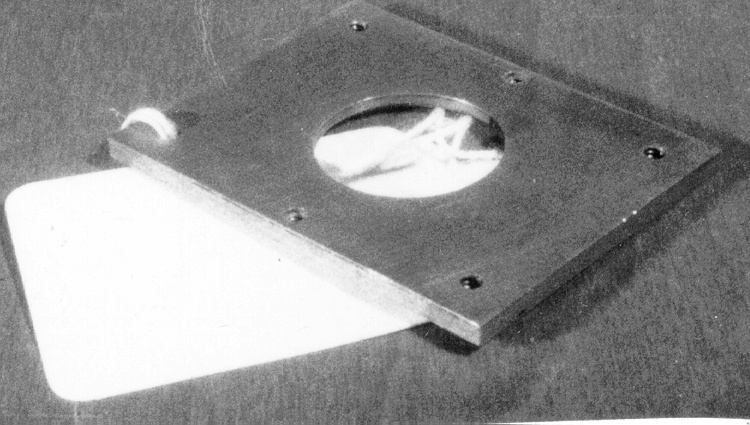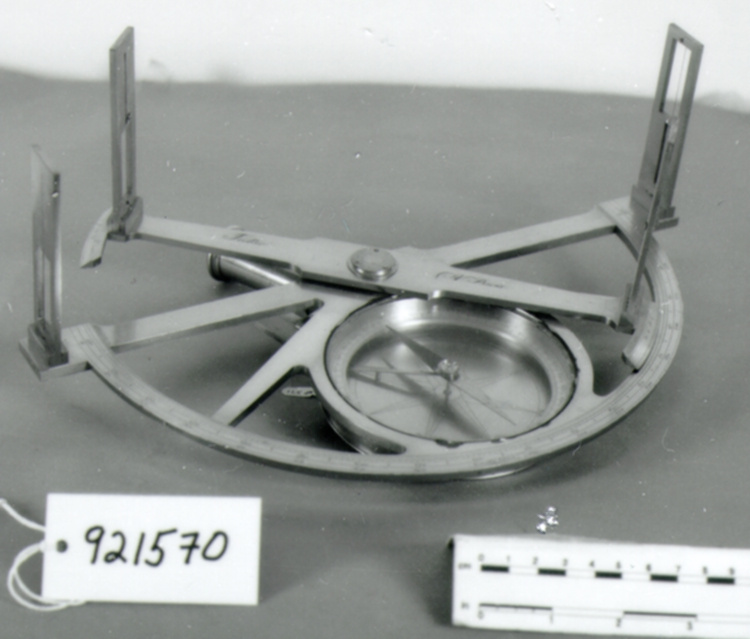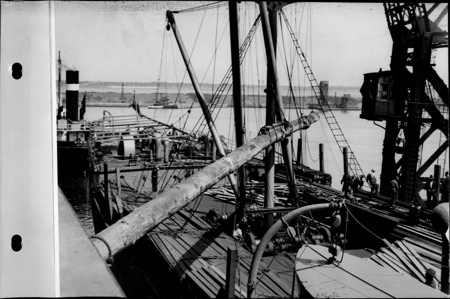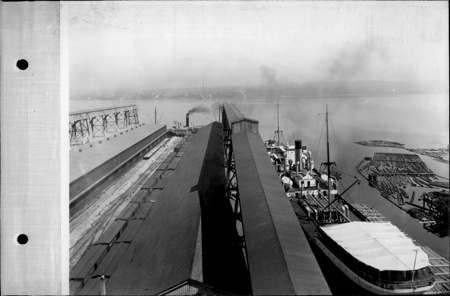Barre
Utiliser cette image
Puis-je réutiliser cette image sans autorisation? Oui
Les images sur le portail de la collection d’Ingenium ont la licence Creative Commons suivante :
Copyright Ingenium / CC BY-NC-ND (Attribution-NonCommercial 4.0 International (CC BY-NC 4.0)
ATTRIBUER CETTE IMAGE
Ingenium,
2015.0009.010
Permalien:
Ingenium diffuse cette image sous le cadre de licence Creative Commons et encourage son téléchargement et sa réutilisation à des fins non commerciales. Veuillez mentionner Ingenium et citer le numéro de l’artefact.
TÉLÉCHARGER L’IMAGEACHETER CETTE IMAGE
Cette image peut être utilisée gratuitement pour des fins non commerciales.
Pour un usage commercial, veuillez consulter nos frais de reproduction et communiquer avec nous pour acheter l’image.
- TYPE D’OBJET
- with flange
- DATE
- 1912
- NUMÉRO DE L’ARTEFACT
- 2015.0009.010
- FABRICANT
- Hughes, H. & Son Ltd.
- MODÈLE
- 6
- EMPLACEMENT
- London, England
Plus d’information
Renseignements généraux
- Nº de série
- S/O
- Nº de partie
- 10
- Nombre total de parties
- 36
- Ou
- S/O
- Brevets
- S/O
- Description générale
- Ferrous metal and non-ferrous brass.
Dimensions
Remarque : Cette information reflète la taille générale pour l’entreposage et ne représente pas nécessairement les véritables dimensions de l’objet.
- Longueur
- 15,7 cm
- Largeur
- S/O
- Hauteur
- 4,2 cm
- Épaisseur
- S/O
- Poids
- S/O
- Diamètre
- S/O
- Volume
- S/O
Lexique
- Groupe
- Transports maritimes
- Catégorie
- Instruments et équipement de navigation
- Sous-catégorie
- S/O
Fabricant
- Ou
- Hughes
- Pays
- England
- État/province
- Inconnu
- Ville
- London
Contexte
- Pays
- Inconnu
- État/province
- Inconnu
- Période
- Inconnu
- Canada
-
Taken from reference # 1: Canada, like all trading nations, depends on shipping for much of its commerce. Governments have an interest in insuring safe and efficient marine transportation which includes the proper training of mariners in the arts of ship-handling and navigation. In 1850, concerned about high rates of loss at sea and the negative impression this might give of the competency of British mariners, the British government passed the Mercantile Marine Act. It was the first in a series of laws that established increasingly stringent requirements for masters and mates of ships involved in international trade. After confederation, the Canadian government took over responsibility for marine matters including licensing of masters and mates. British officials agreed to accept Canadian certificates as long as "the Board of Trade was satisfied that examinations met the appropriate standards." To insure that Canadian mariners would meet the Board standards, the Department of Marine and Fisheries granted subsidies to instructors in Halifax, Saint John and Quebec to prepare Canadians for the examinations. One of the many things that a mariner had to be able to do in order to obtain a master’s certificate was answer questions about "the nature of the attraction of the ship’s iron upon the compass" and how to determine it. (Canada, Annual Report of the Department of Marine and Fisheries for the year ending the 30th of June 1872, (Ottawa: Government of Canada, 1873) 264.) Teaching mariners about magnetism was a challenge not the least because its effects on the compass were imperfectly understood until well into the second half of the 19th century. Also, it is an invisible force which presents itself in so many different guises and can change as the location of the vessel changes. The deviascope provided a practical teaching aid that helped to make an abstract concept concrete by allowing students to simulate various scenarios of magnetically induced compass error and to find ways to correct it. As the principal examiner of Masters and Mates at the British Board of Trade, Captain Beall was uniquely placed to see the need for such a teaching aid and the one he produced in 1886 was immediately embraced by the marine training community around the world. Instructors and experts produced manuals and textbooks to go with the deviascope – we have examples from 1943 and 1970 though they apparently go back as far as 1886 – and instrument makers created their own versions of the device. This particular deviascope was made in London by Henry Hughes & Son and dates from about 1912. The current owner purchased it from the Montreal firm of Harrison and Company in 1978. The Harrisons were makers and re-sellers of scientific, marine and surveying instruments from 1910 until that time. International and Canadian regulations still require ships to carry magnetic compasses and apply strict technical standards their construction, placement and use. Masters and chief mates, therefore, still need to learn about magnetism, the application of magnetic variation and deviation and the principles of the magnetic compass in order to meet what are known as the Standards of Training, Certification and Watchkeeping for seafarers (STCW) established by the International Maritime Organization. Instrument makers are still producing deviascopes and they are still being used to instruct students on the proper adjustment of the magnetic compass. (See Transport Canada website under training of seafarers and also websites of various colleges across Canada that teach mariners. All of them offer courses on deviation of the compass and its correction and deviascopes are still offered for sale by marine suppliers.) - Fonction
-
To teach mariners about the magnetic forces that influence the compass and to show them how to compensate for those forces. - Technique
-
The magnetic compass had, since ancient times, been the best tool for establishing direction at sea. It became especially important in the age of exploration as mariners ventured far from familiar shores and waters. Increased dependence on the compass, though, revealed some puzzling anomalies in its behaviour. Magnetic variation is the difference between the geographic and magnetic north poles and caused serious navigational problems as mariners ventured further to the north. Magnetic deviation describes an array of compass errors caused by a ship’s own residual magnetism. By 1701, when Edmund Halley produced the first chart showing lines of equal variation (isogonic lines)(Peter Kemp, (ed.) The Oxford Companion to Ships and the Sea (Oxford: Oxford University Press, 1979)244, 908.), mariners had the tools and expertise they needed to adjust for this compass error. Deviation proved to be a much less tractable problem. Any ship that contains iron (and only some of the very earliest ones do not) has residual magnetism. In wooden sailing ships iron parts like nails, bolts, spindles, anchors, stanchions and chains became magnetized by the Earth’s magnetic field and caused the compass needle to deviate from magnetic north. As early as 1803, Matthew Flinders demonstrated some of the characteristics of this deviation and also showed how to neutralize it by placing unmagnetized iron rods vertically near the compass. These became known (and are still known) as Flinders’ bars. (Kemp, 189.) Other researchers, however, soon discovered that the effects of magnetic forces generated by the iron components of ships were more complicated and pernicious than Flinders had imagined. For example, William Scoresby, the son of a whaling ship captain, found that, when sailing in high latitudes, deviation increased. He deduced that this was "due to the combination of two magnetic forces: the vertical and the horizontal." The vertical draw of the magnetic north pole increased as the ship moved closer to the pole. This increased the power of the ship’s iron parts, many of which were vertical in orientation, while weakening the horizontal component of the Earth’s field which lessened "the directive force of the magnetic pole on the compass needle." (Alan Gurney, Compass A Story of Exploration and Innovation (New York: W.W. Norton & Company, 2004) 180-1.) As shipbuilders began to build vessels with iron hulls, the problem of deviation became even more pronounced, so much so that some suggested that iron ships would never be safe enough to be commercially successful. (Kemp, 189.) Indeed from the 1830s until the 1870s, there were many high profile accidents blamed on course errors caused by deviation. Nevertheless, ship builders continued to build in iron and steel and practical experience along with concerted research and testing gradually produced a clearer understanding of "the hydra-headed monster." (Gurney, 199.) Continued in Notes, or see acquisition proposal in S.I. - Notes sur la région
-
Inconnu
Détails
- Marques
- Print painted in white paint "6".
- Manque
- S/O
- Fini
- Black ferrous metal rod with print in white paint. Brass nipple on one end and brass flange on the other. Brass is non-ferrous.
- Décoration
- S/O
FAIRE RÉFÉRENCE À CET OBJET
Si vous souhaitez publier de l’information sur cet objet de collection, veuillez indiquer ce qui suit :
Hughes, H. & Son Ltd., Barre, vers 1912, Numéro de l'artefact 2015.0009, Ingenium - Musées des sciences et de l'innovation du Canada, http://collection.ingeniumcanada.org/fr/id/2015.0009.010/
RÉTROACTION
Envoyer une question ou un commentaire sur cet artefact.
Plus comme ceci

